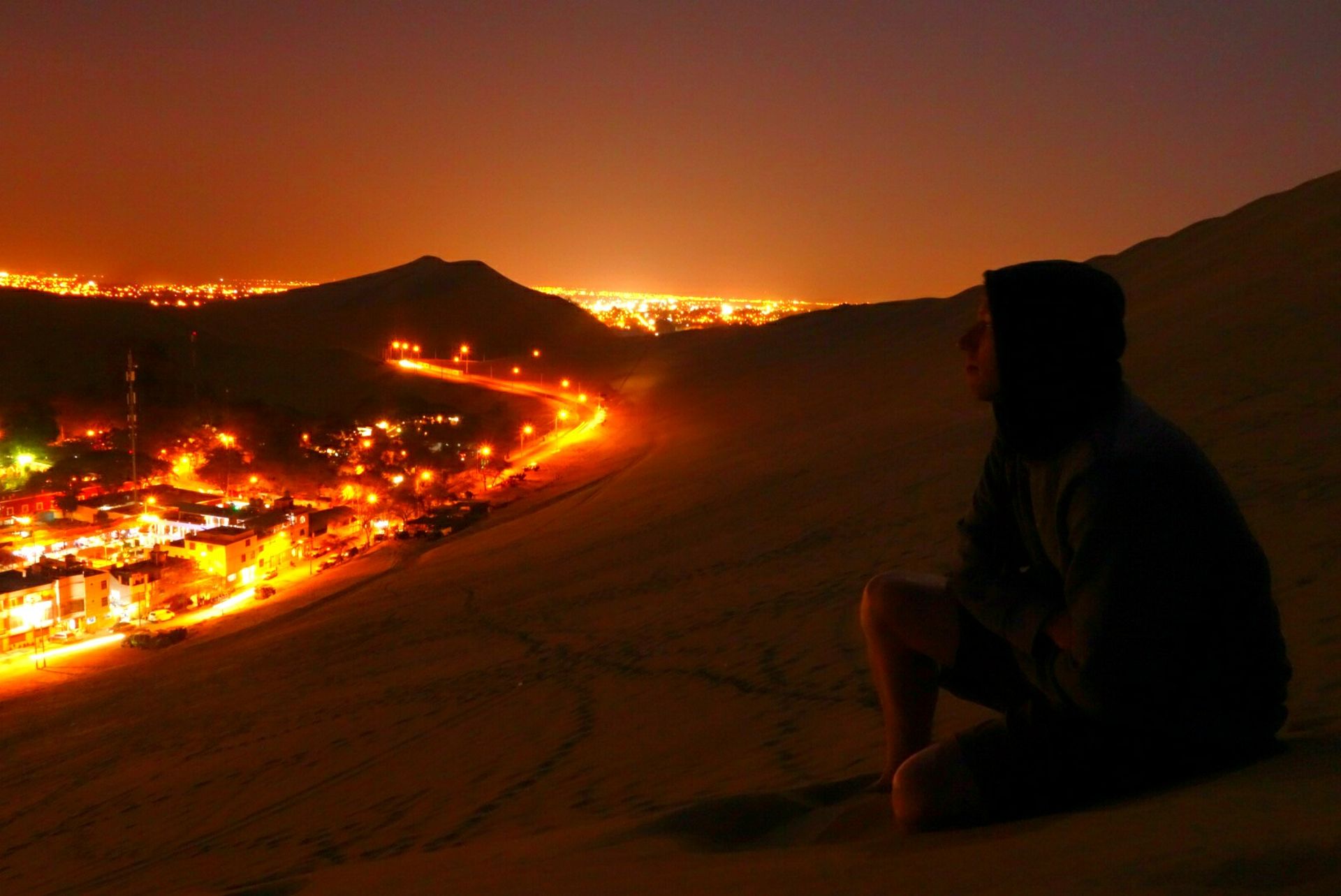Colombia - San Basilio de Palenque and Mompos
発行済み: 15.01.2019
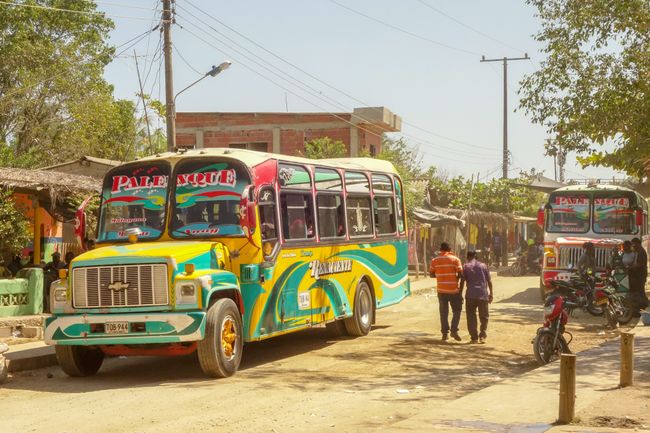
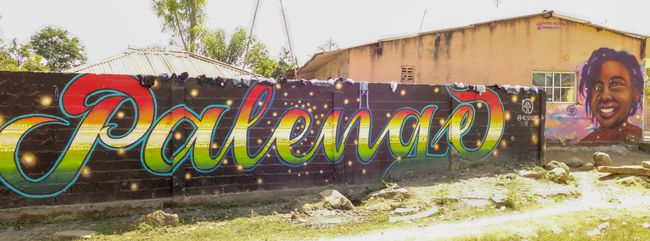
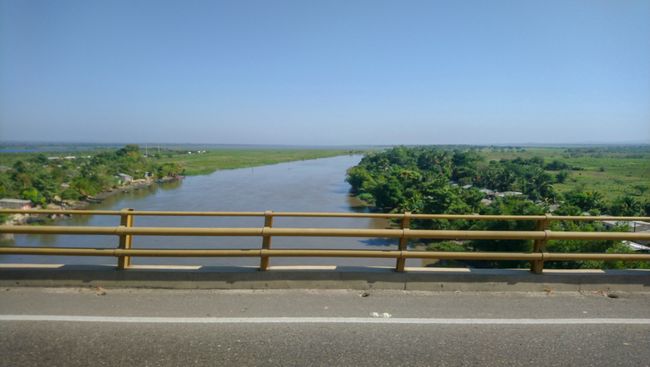
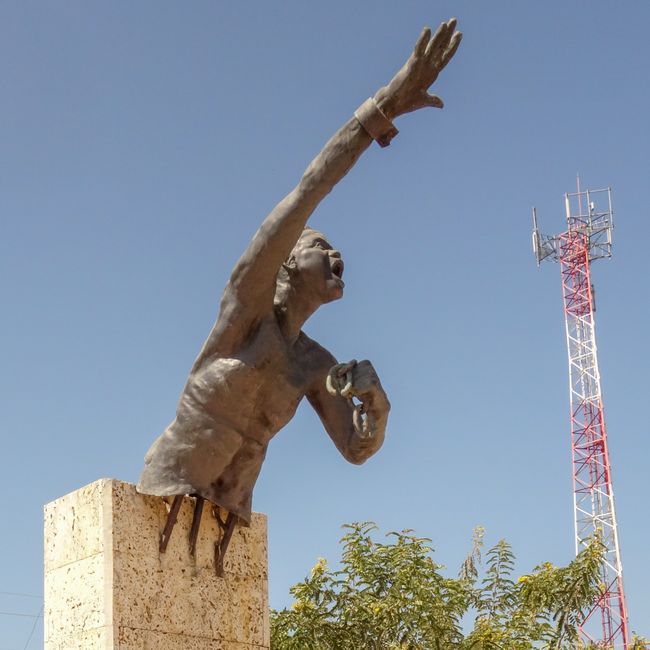
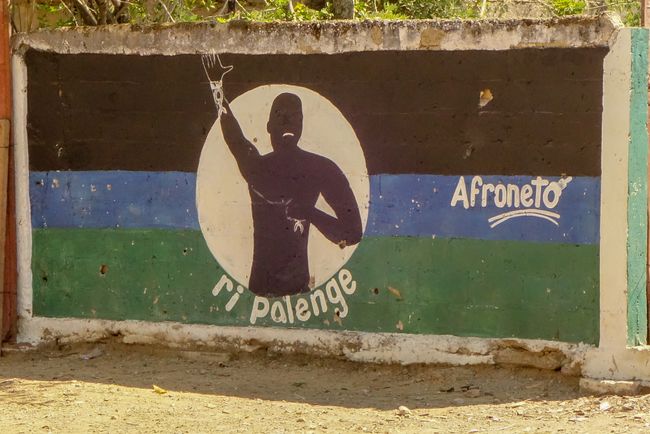
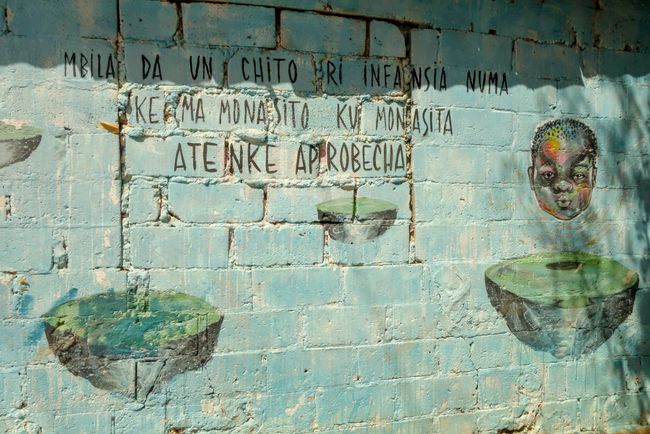
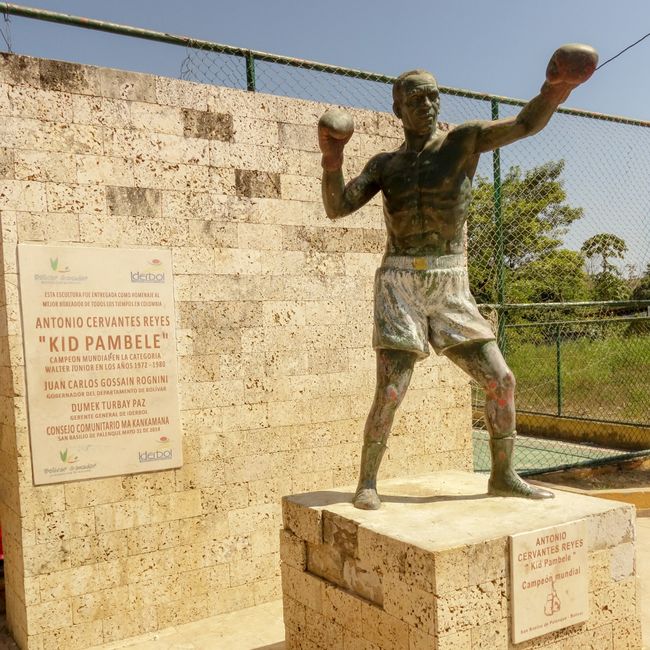
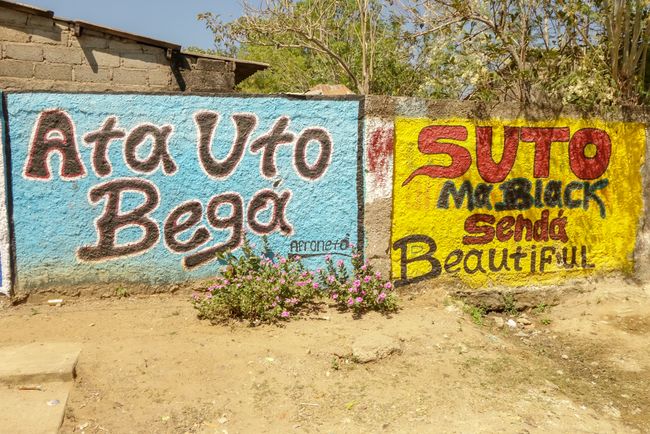
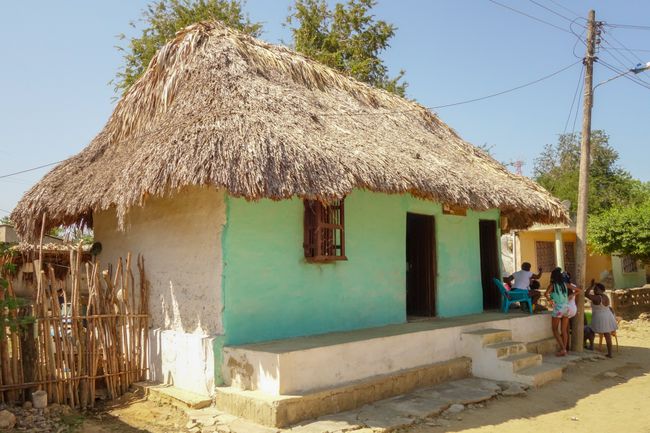
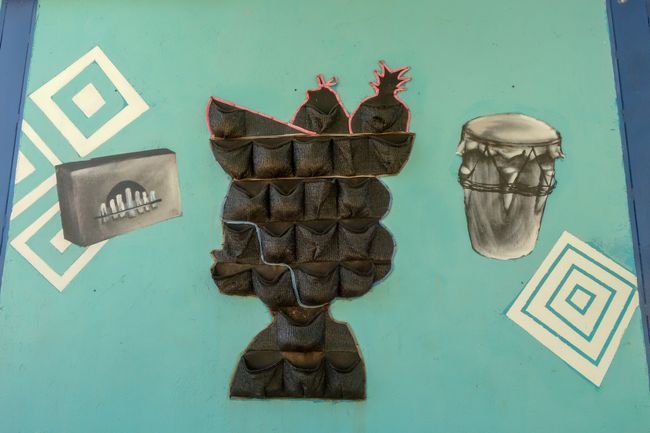
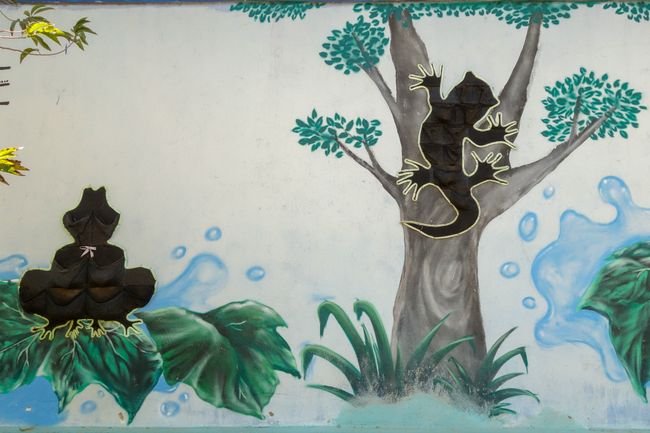
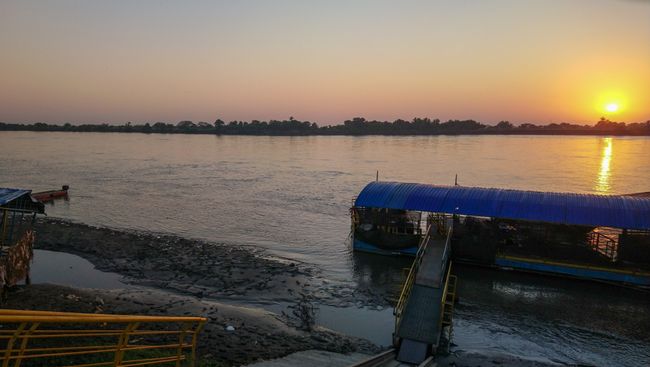
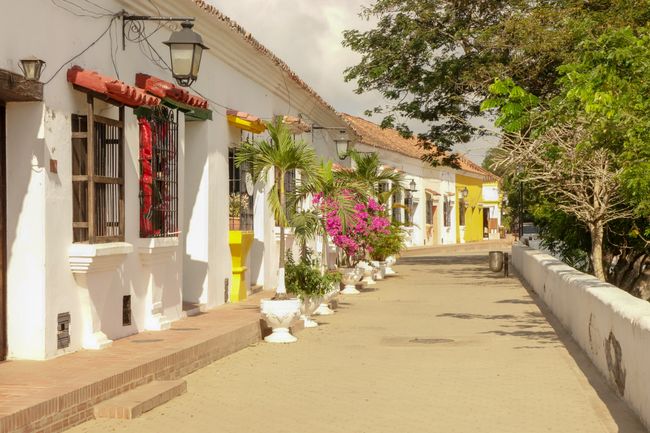
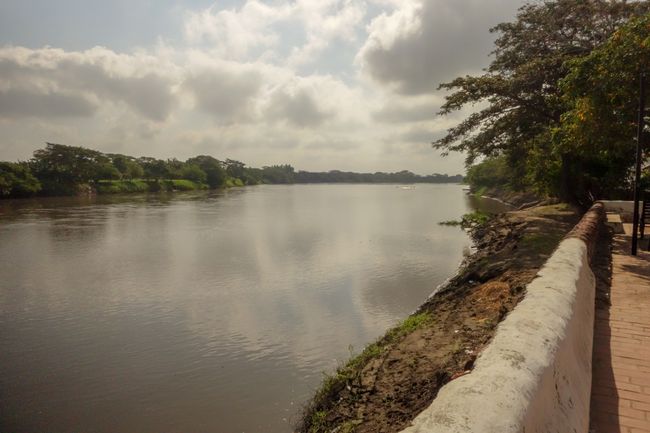
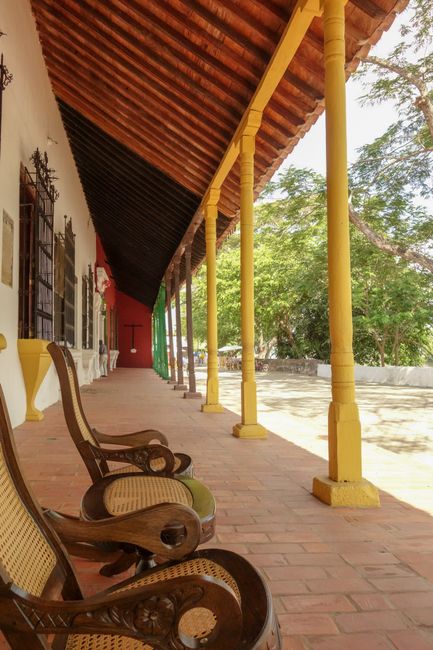
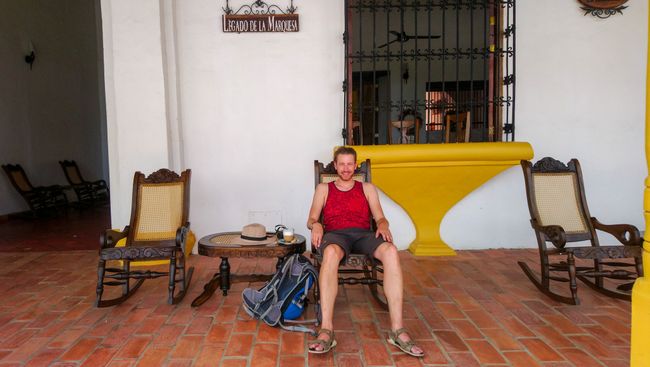
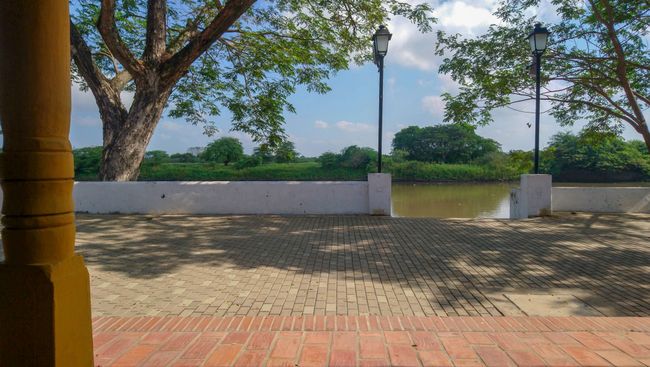

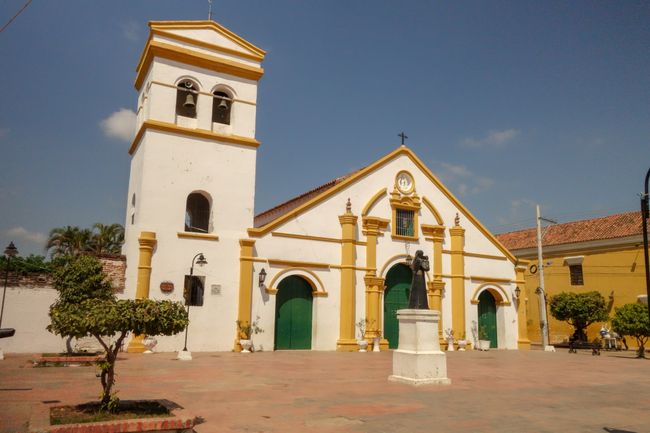
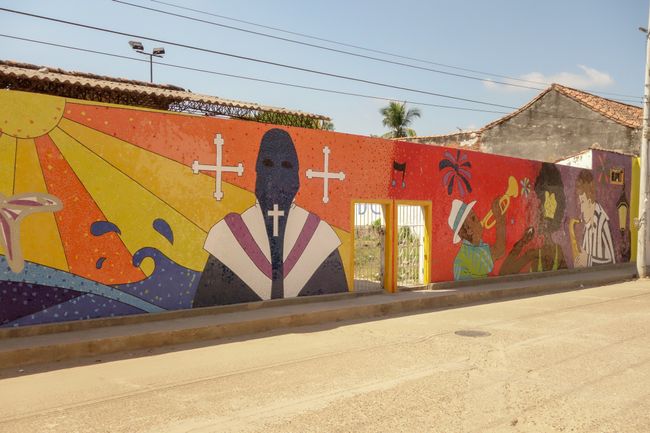
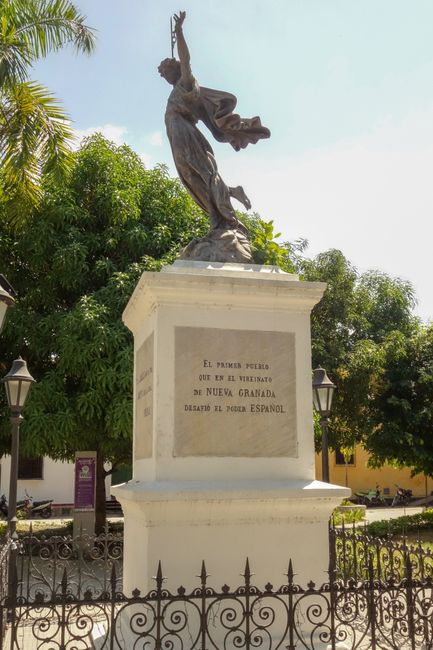
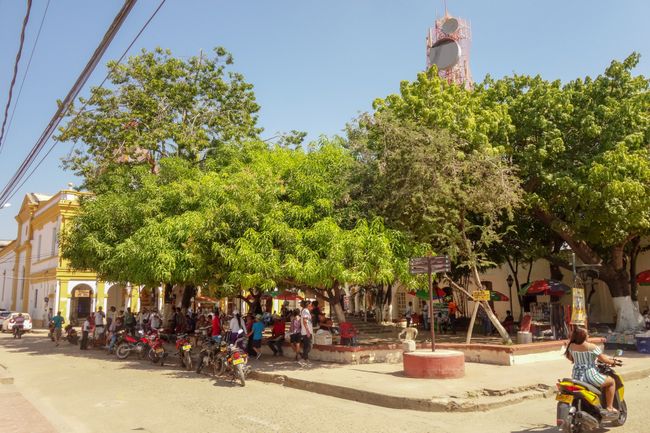
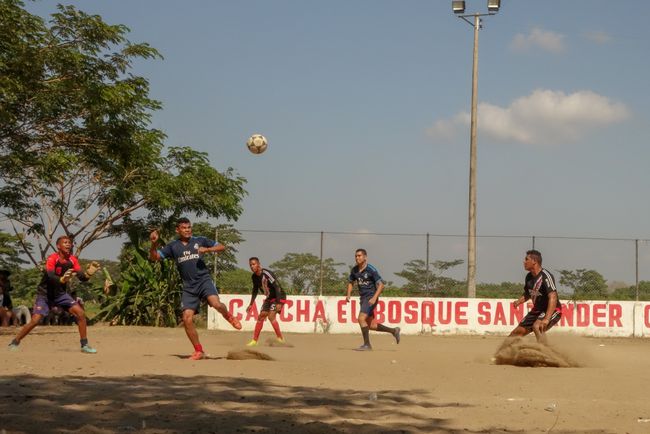
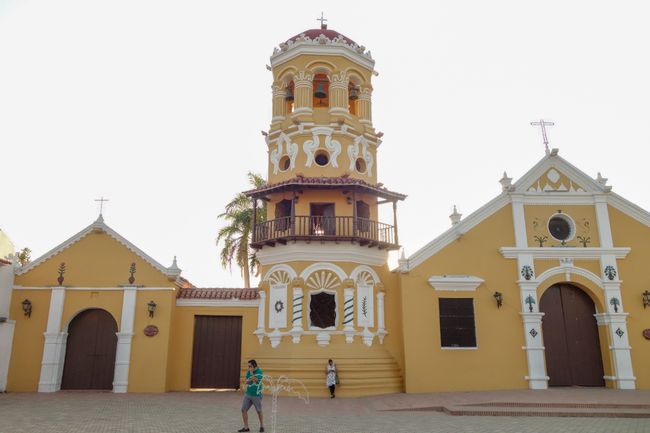
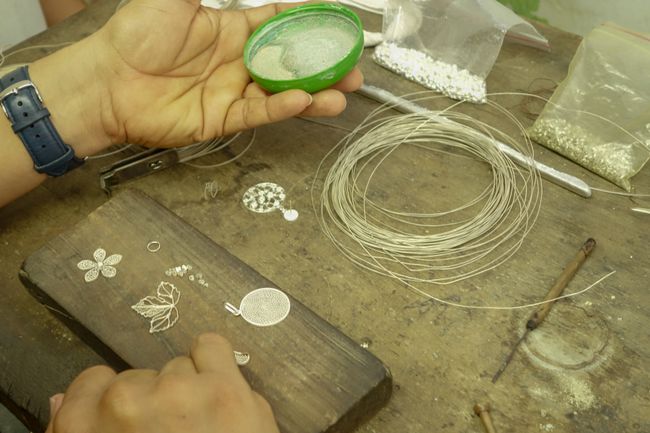
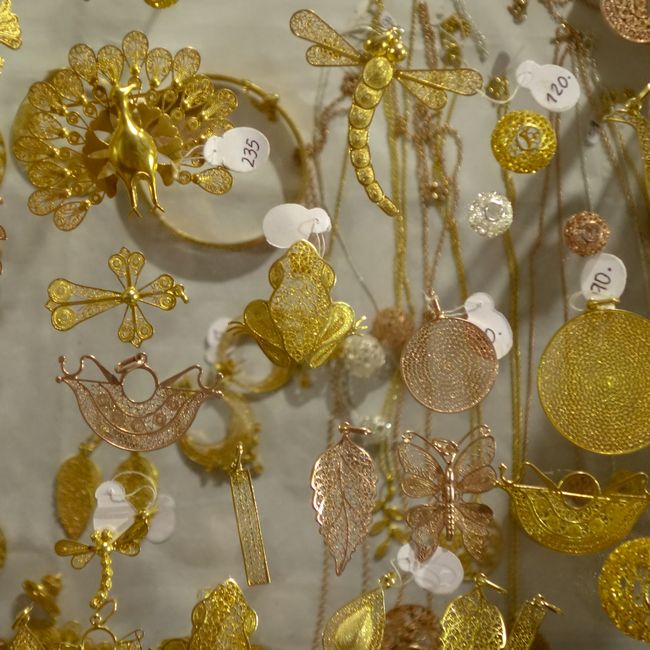
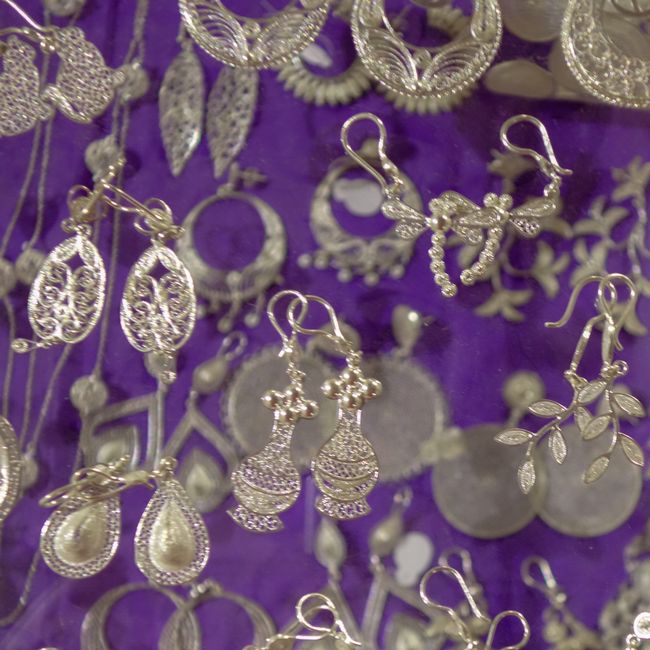
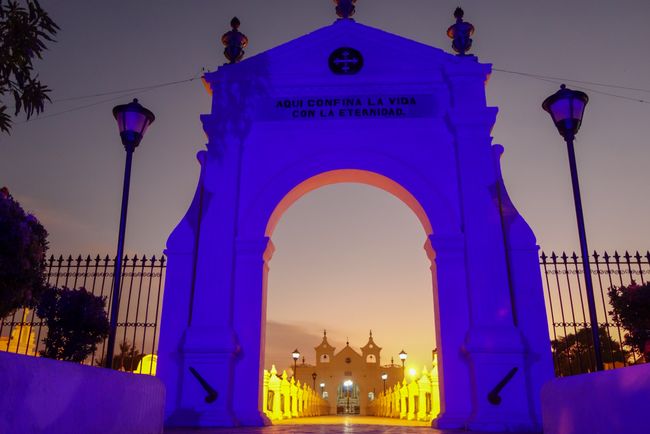
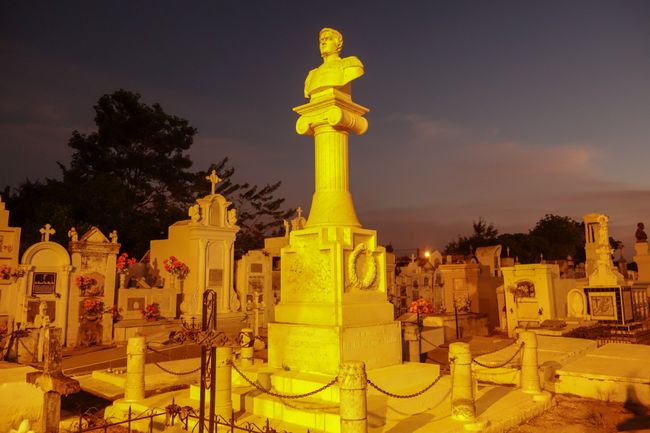
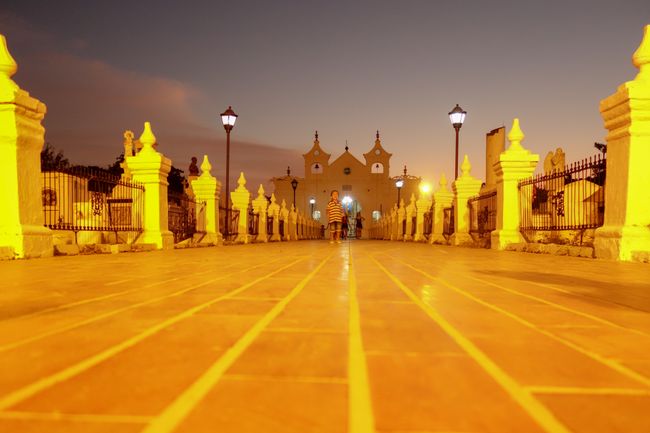
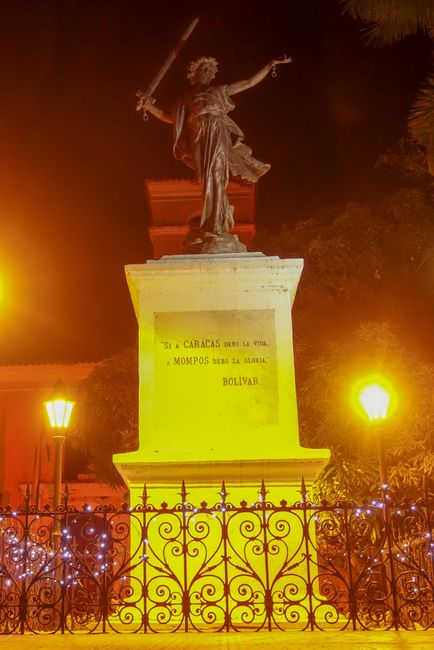
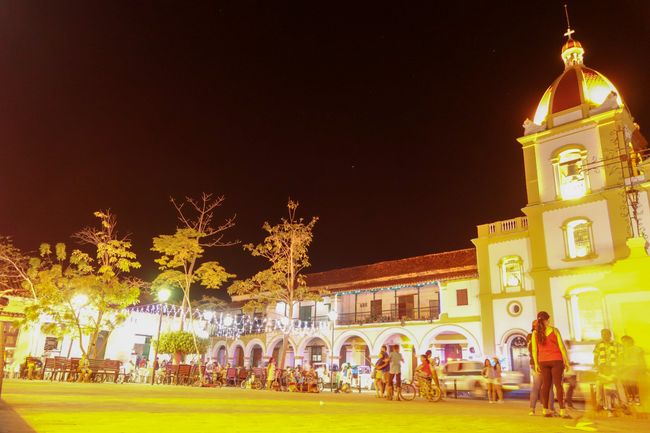
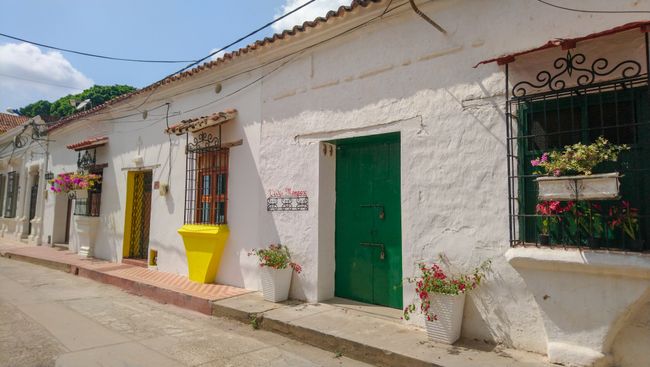
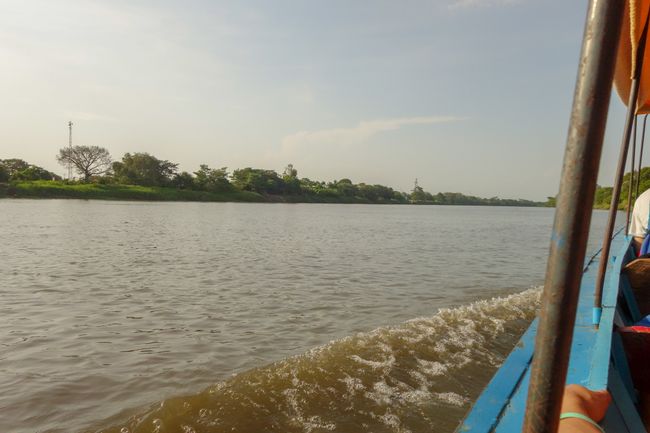
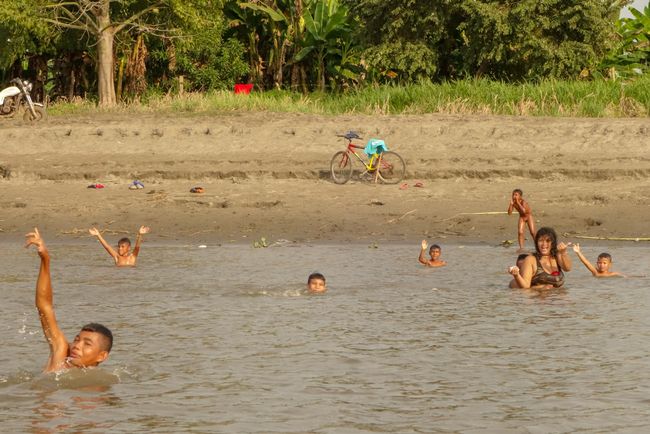
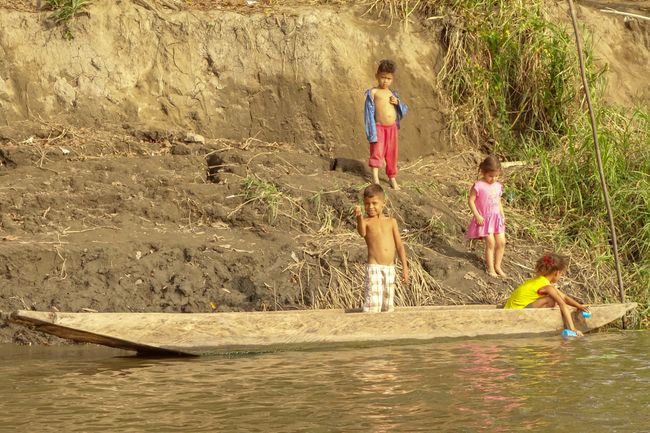
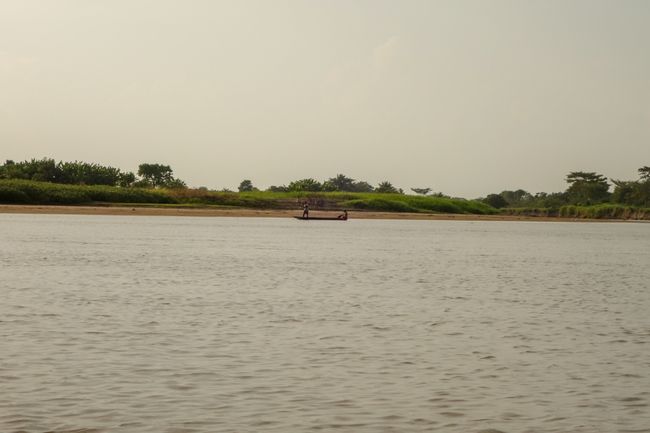
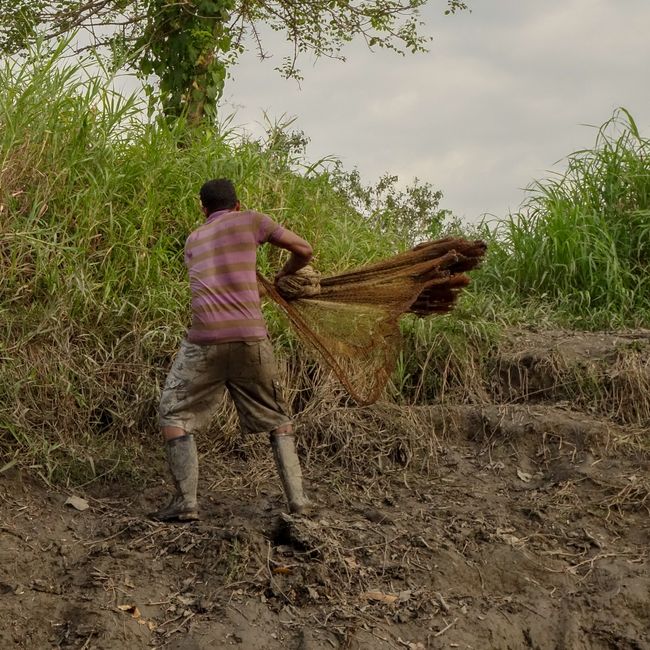
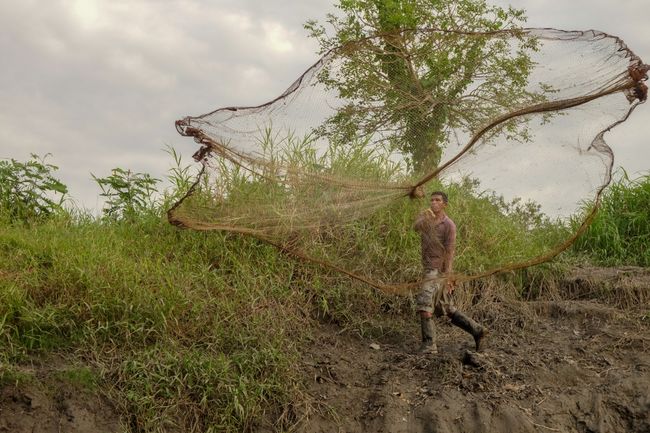
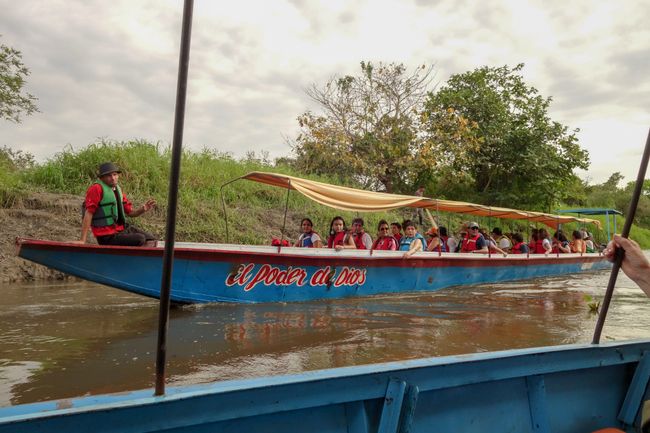
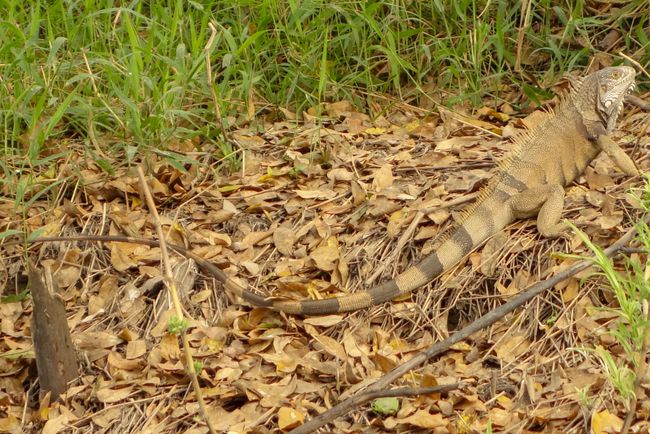
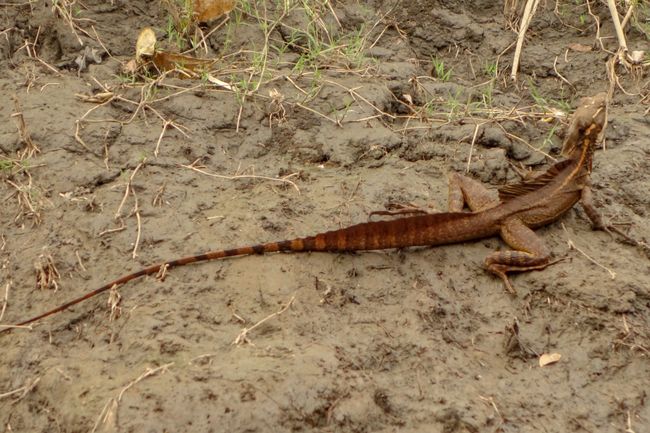
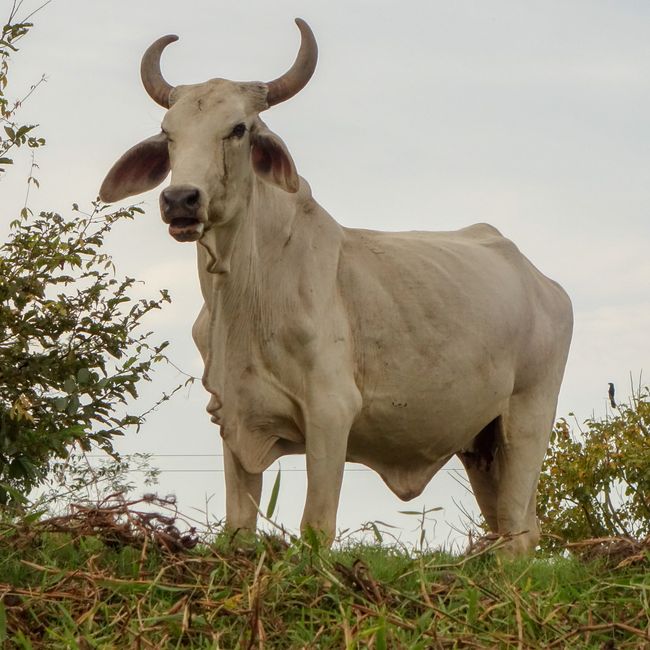
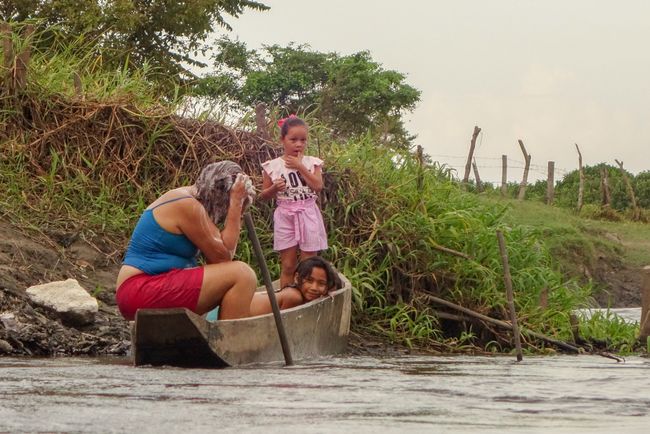
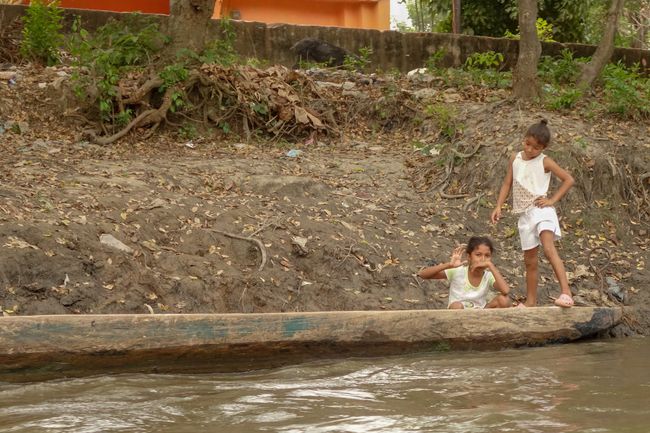
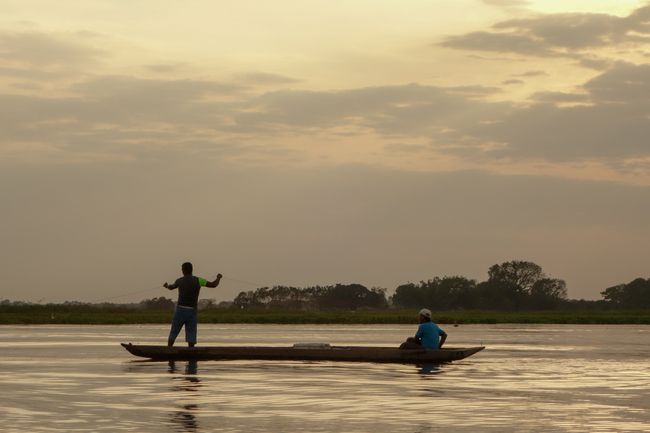
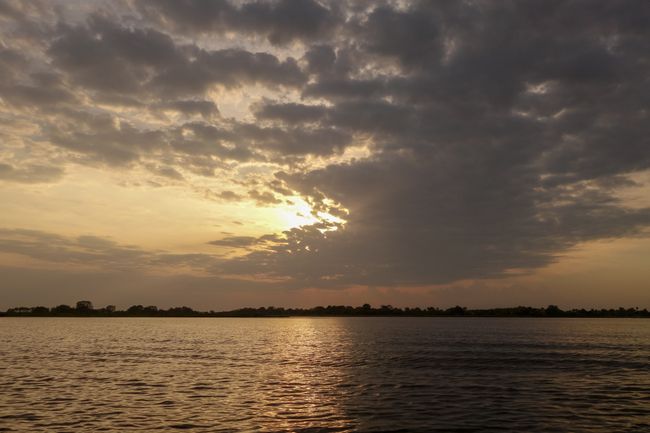
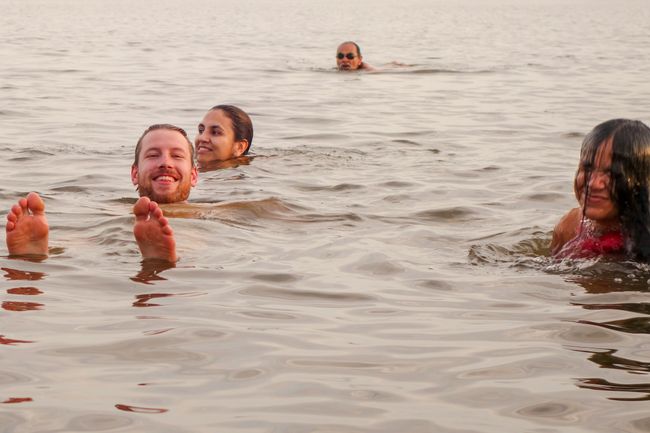
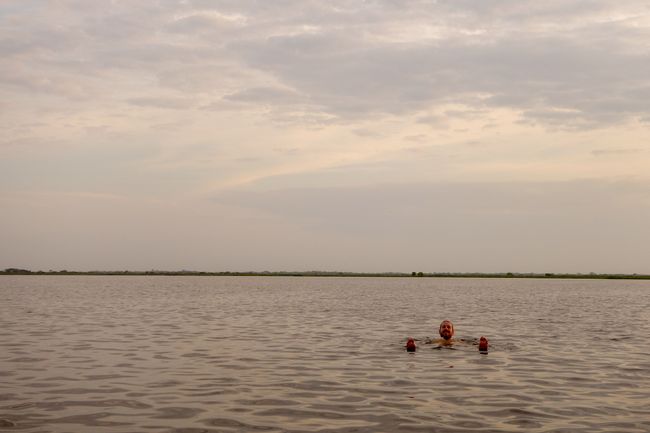
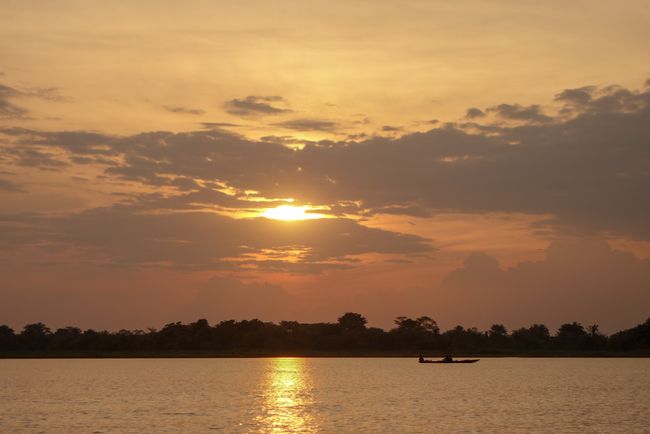
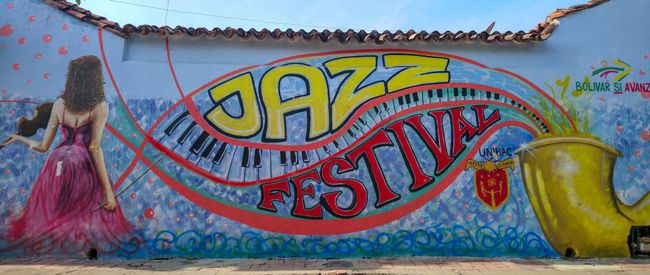
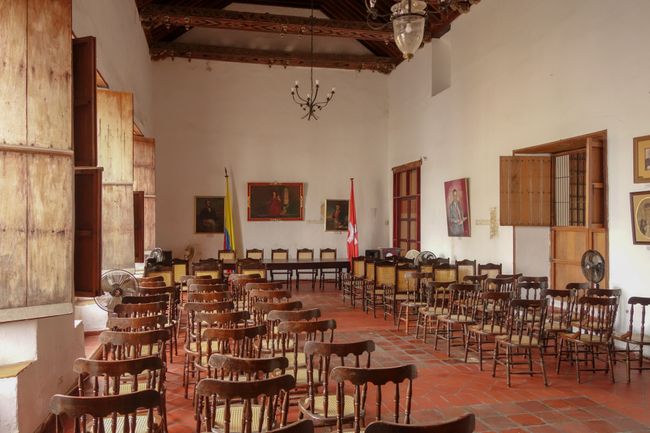
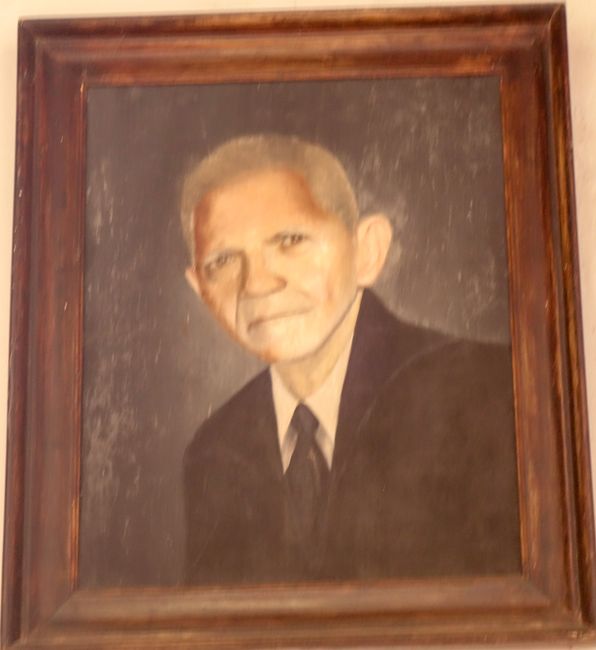
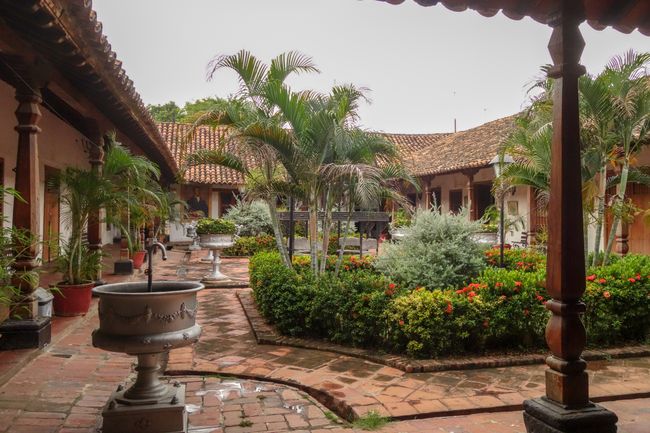
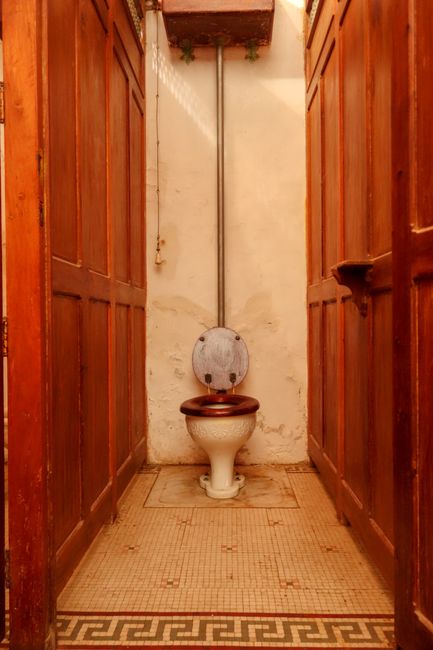
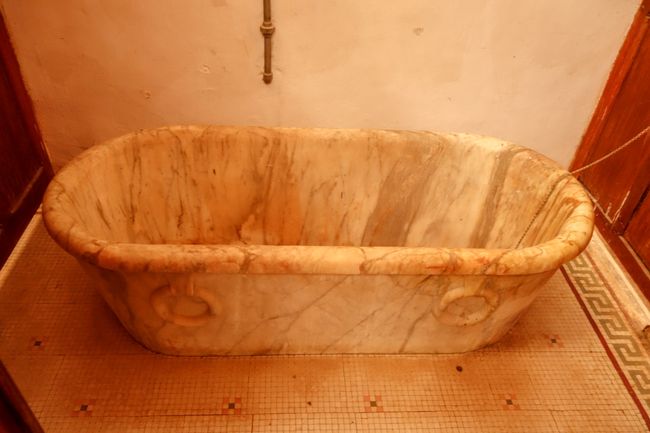
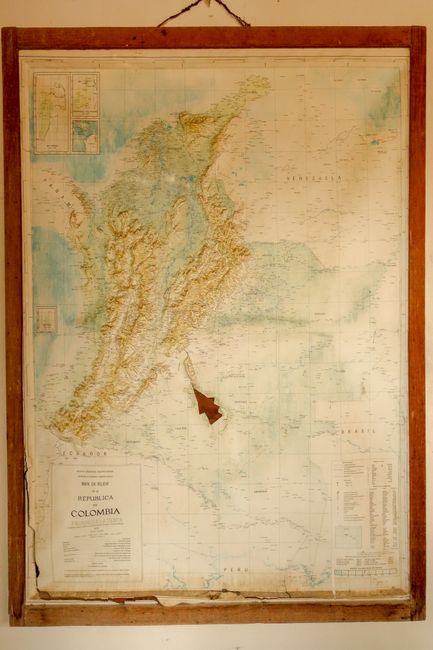
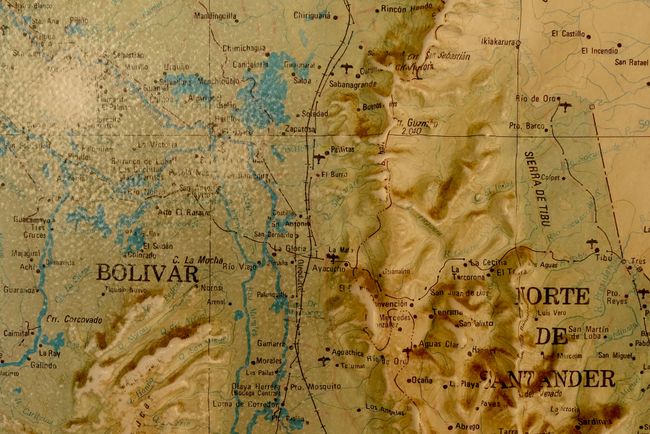
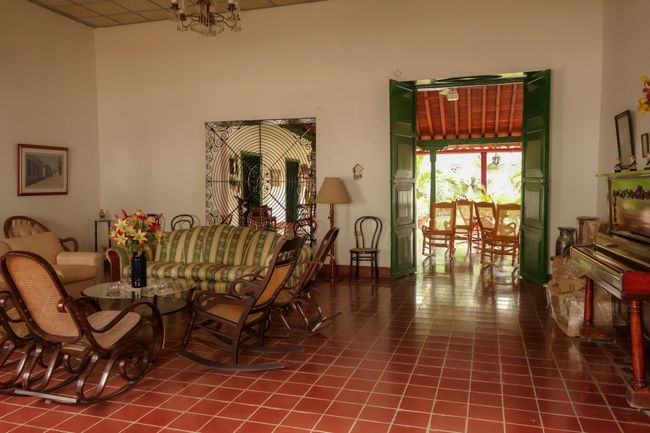
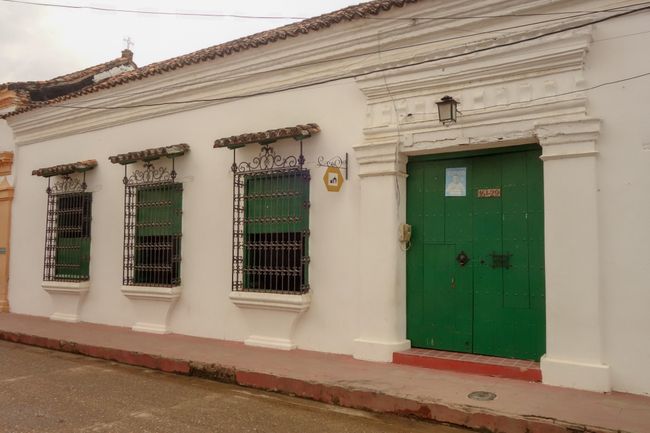
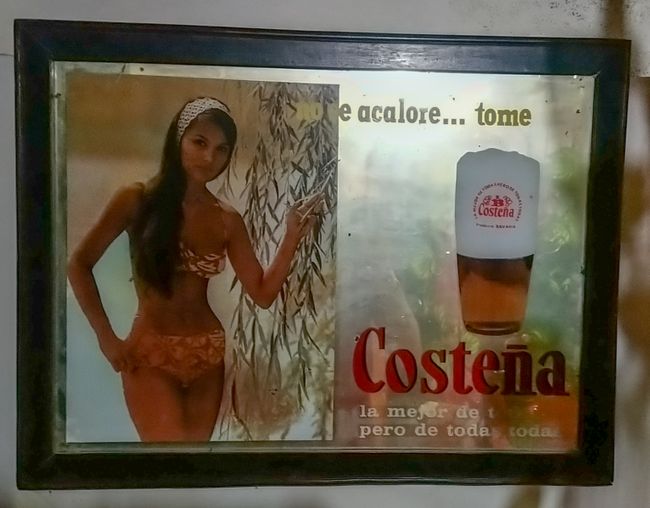
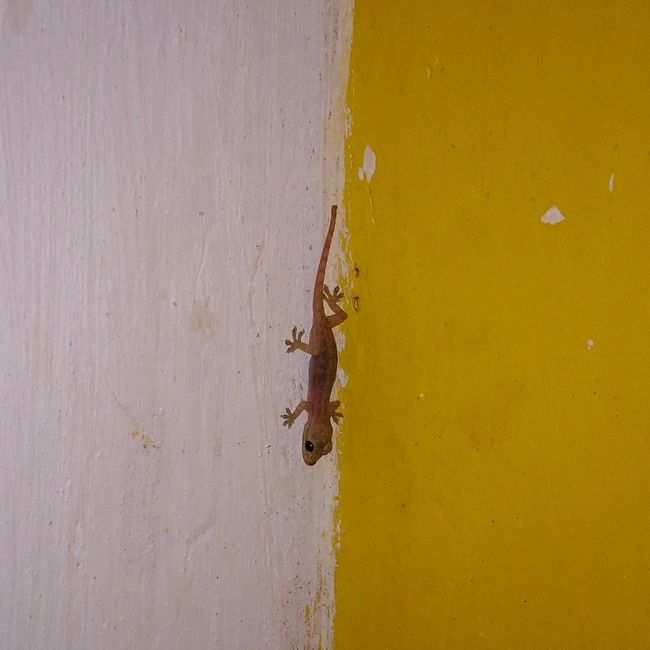
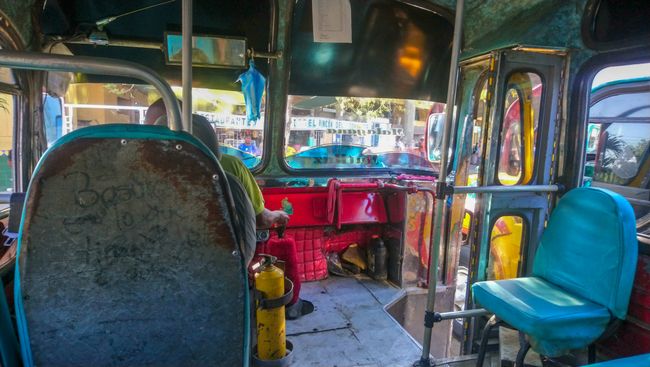
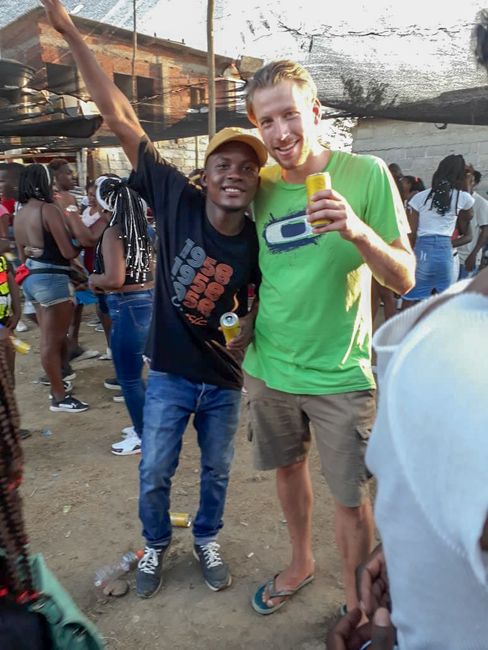
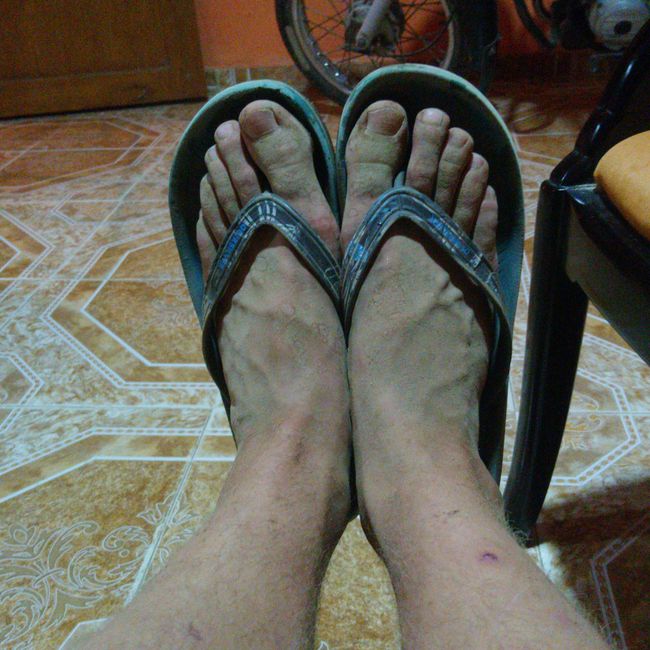
ニュースレターを購読します
San Basilio de Palenque
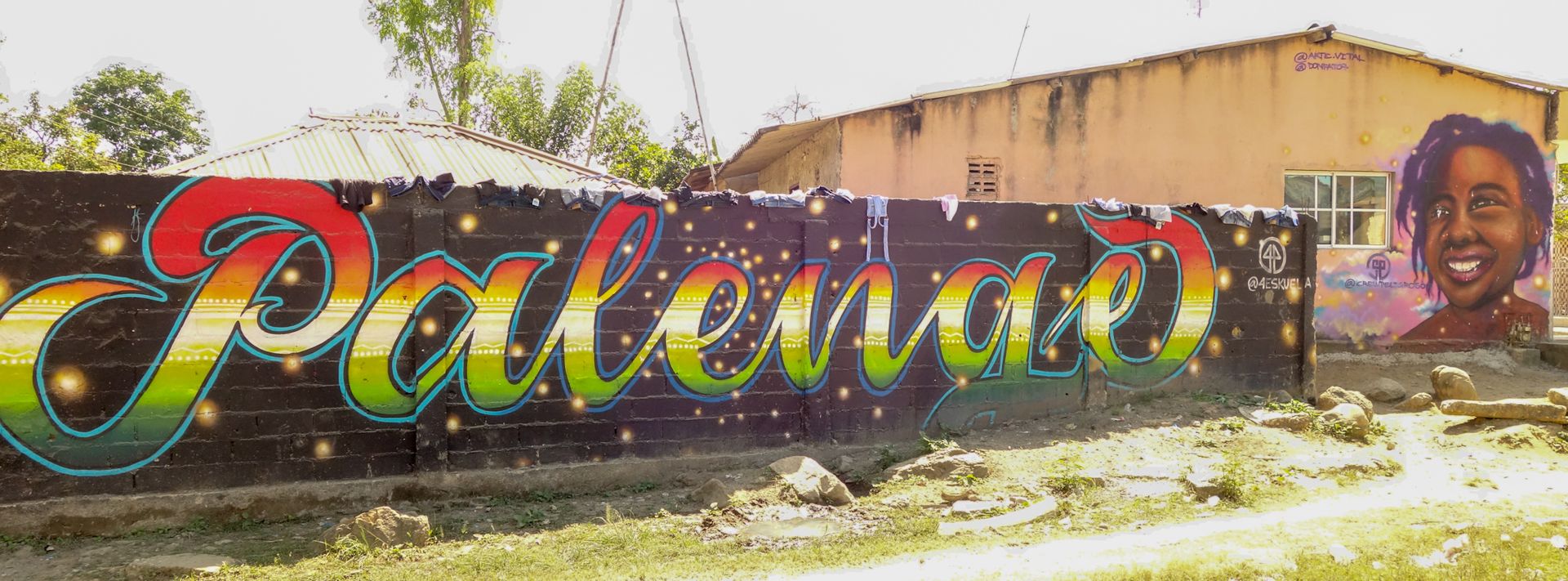
After Eva said goodbye and headed home, it was time for me to slow down and reduce the pace of my journey. The day after, I left busy Cartagena behind and left the coast behind as well.

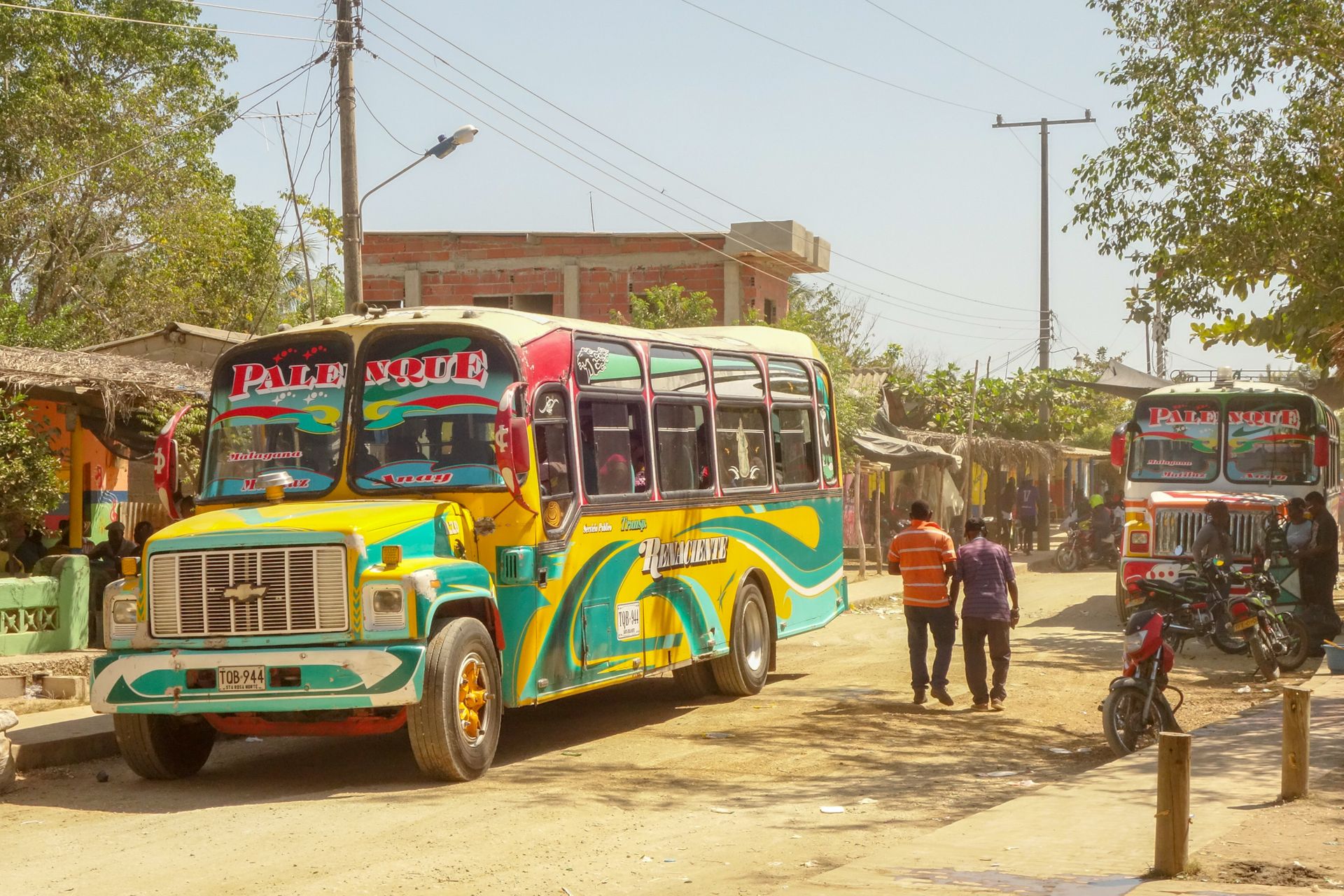
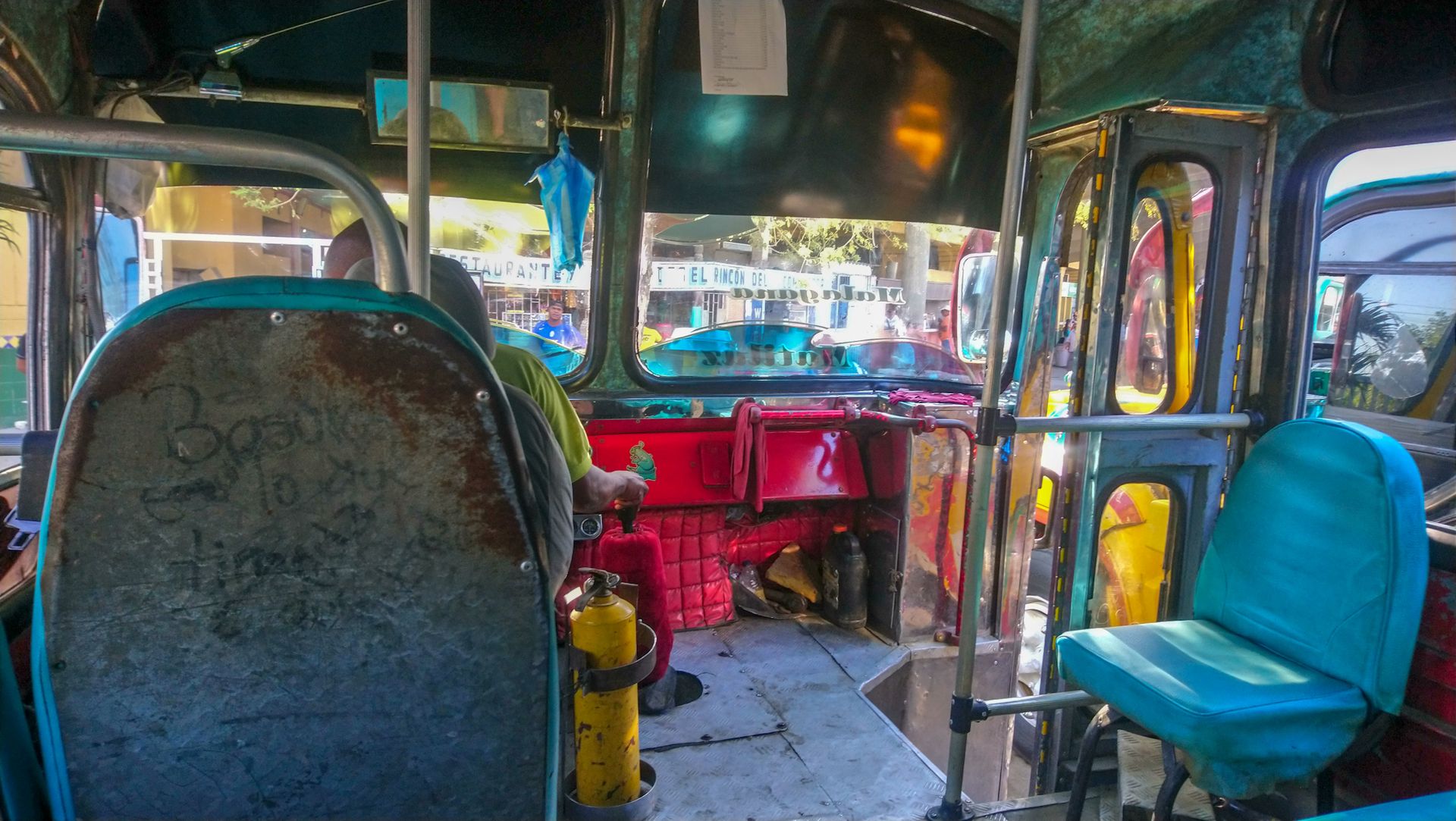
In an original Chiva bus, I traveled in style to San Basilio de Palenque. This village has an extremely impressive history, which has only been discovered and appreciated by Colombia and the world in recent years. It is the first free village in South America. And long before the independence from Spain! It was founded as early as the end of the 16th century by the slave Benkos Biohó, who had fled from Cartagena into the hinterland and gradually freed more and more slaves from Cartagena. Even today, the journey still takes about 3 hours by bus - so for the time, it was quite a distance. And why did this village remain free? Because the Spaniards simply never found it. The path to Palenque was woven into the hair of the women. These hairstyles are still worn today. At some point, they became quite offensive about it. The Spaniards knew that this village existed, but the Palenqueros also knew that they would never find it. And as a result, this village was never colonized. The land was also so fertile that they could provide for themselves. A mix of many African cultures gathered in Palenque. They developed their own language, customs and traditions, music and dance - in short, their own Palenque culture. And this is still maintained to this day. The children still learn the language. Music and dances are also lived. As a result, the cultural area was included in UNESCO's List of the Intangible Cultural Heritage of Humanity in 2008. The first Colombian boxing world champion 'Kid Pambele' also came from Palenque. And through him, the village was brought back to the attention of Colombians. The world champion then demanded that his village be electrified as a reward for his title - and succeeded. The music of Totó la Momposina and Rafael Cassiani has also made it beyond the borders of Colombia to Europe. Evaristo Márquez played a role in a film with Marlon Brando, and he is also honored accordingly.
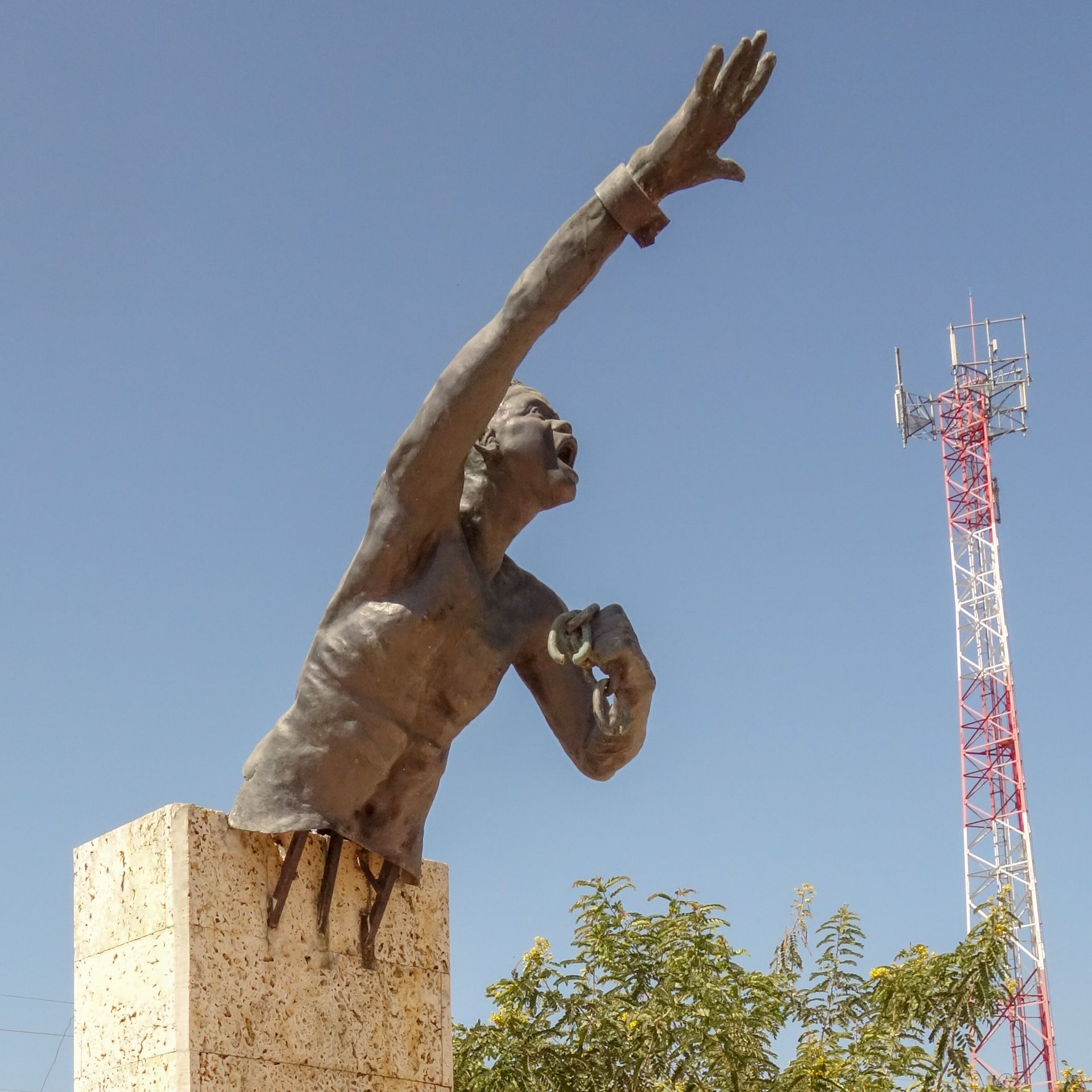
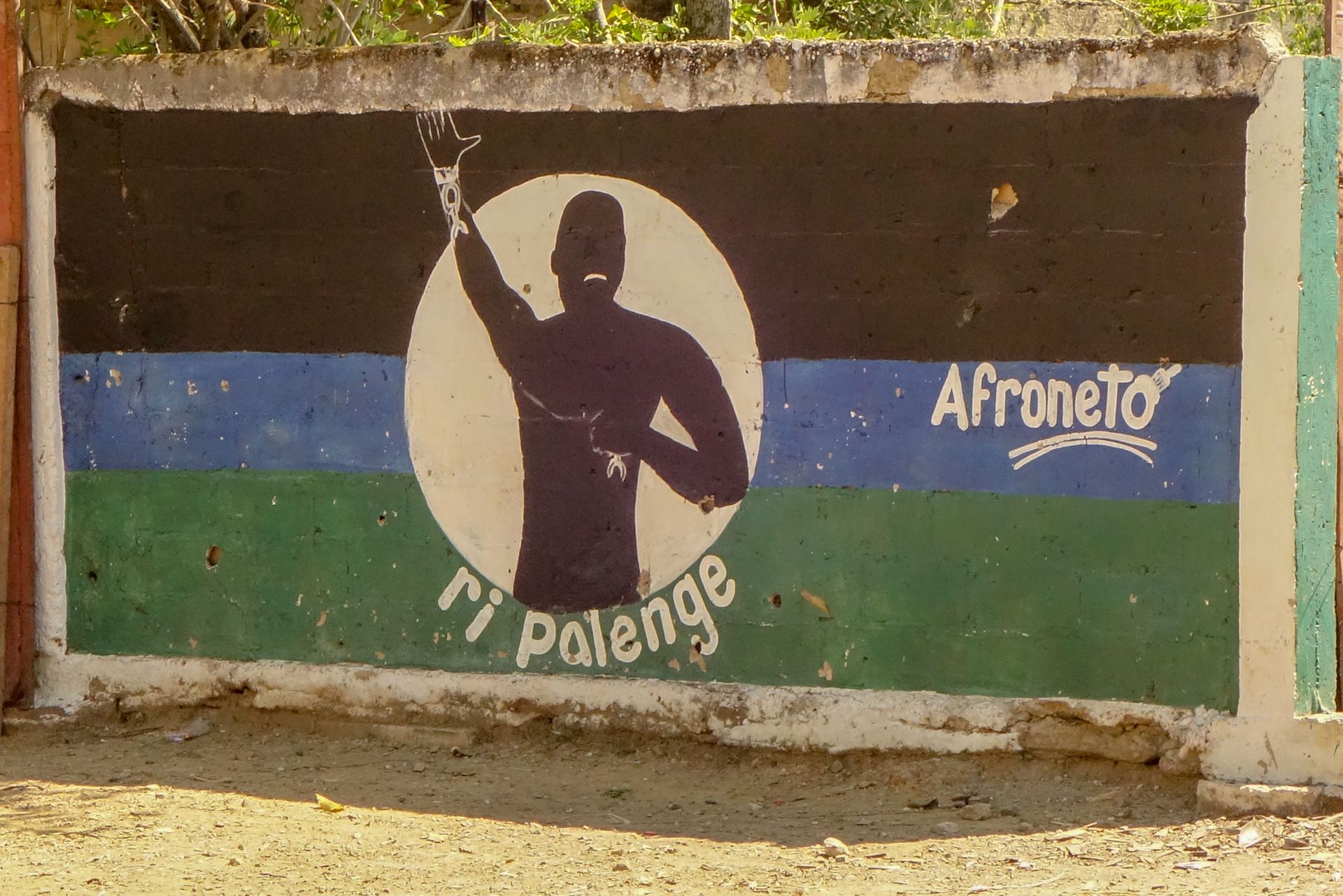
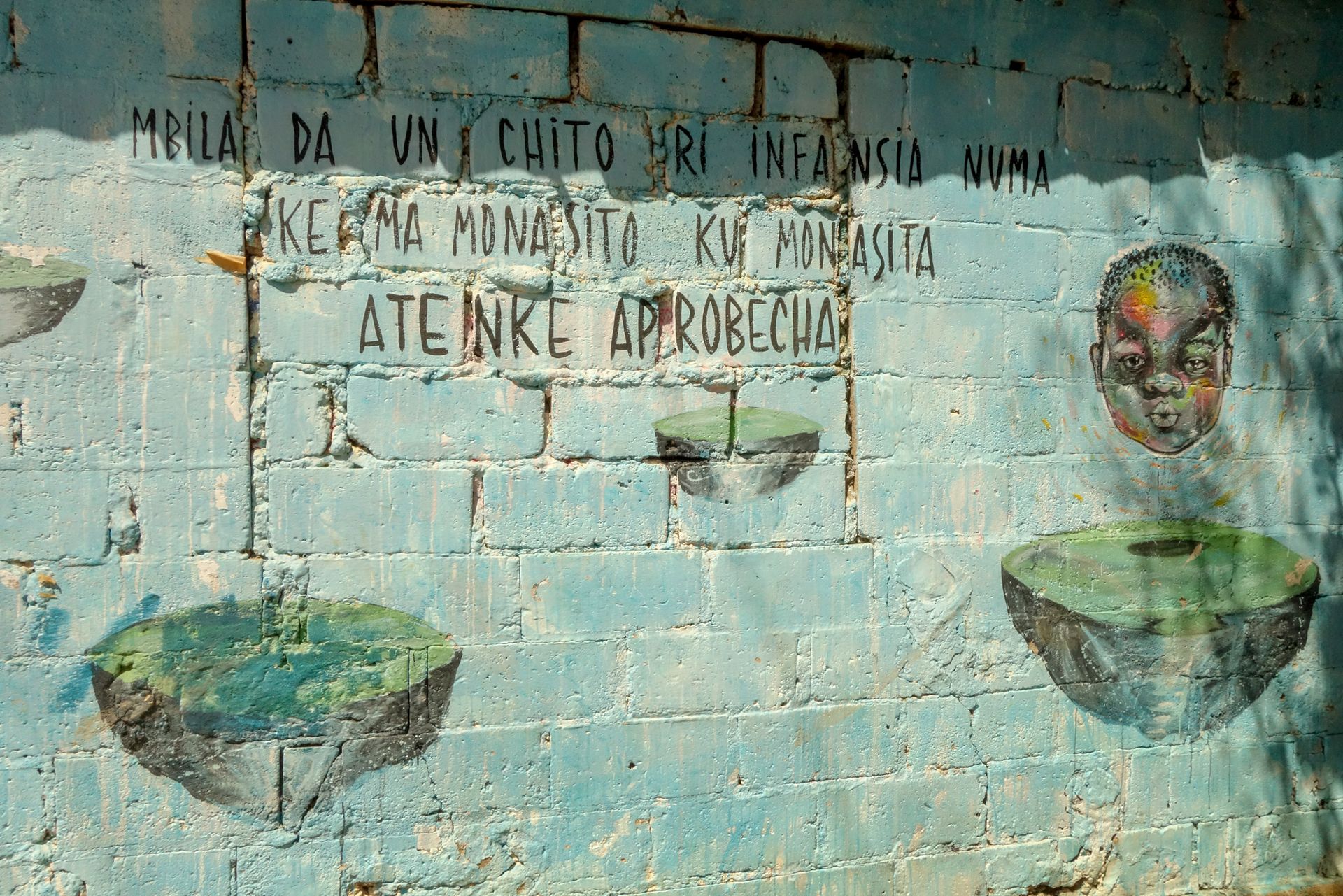

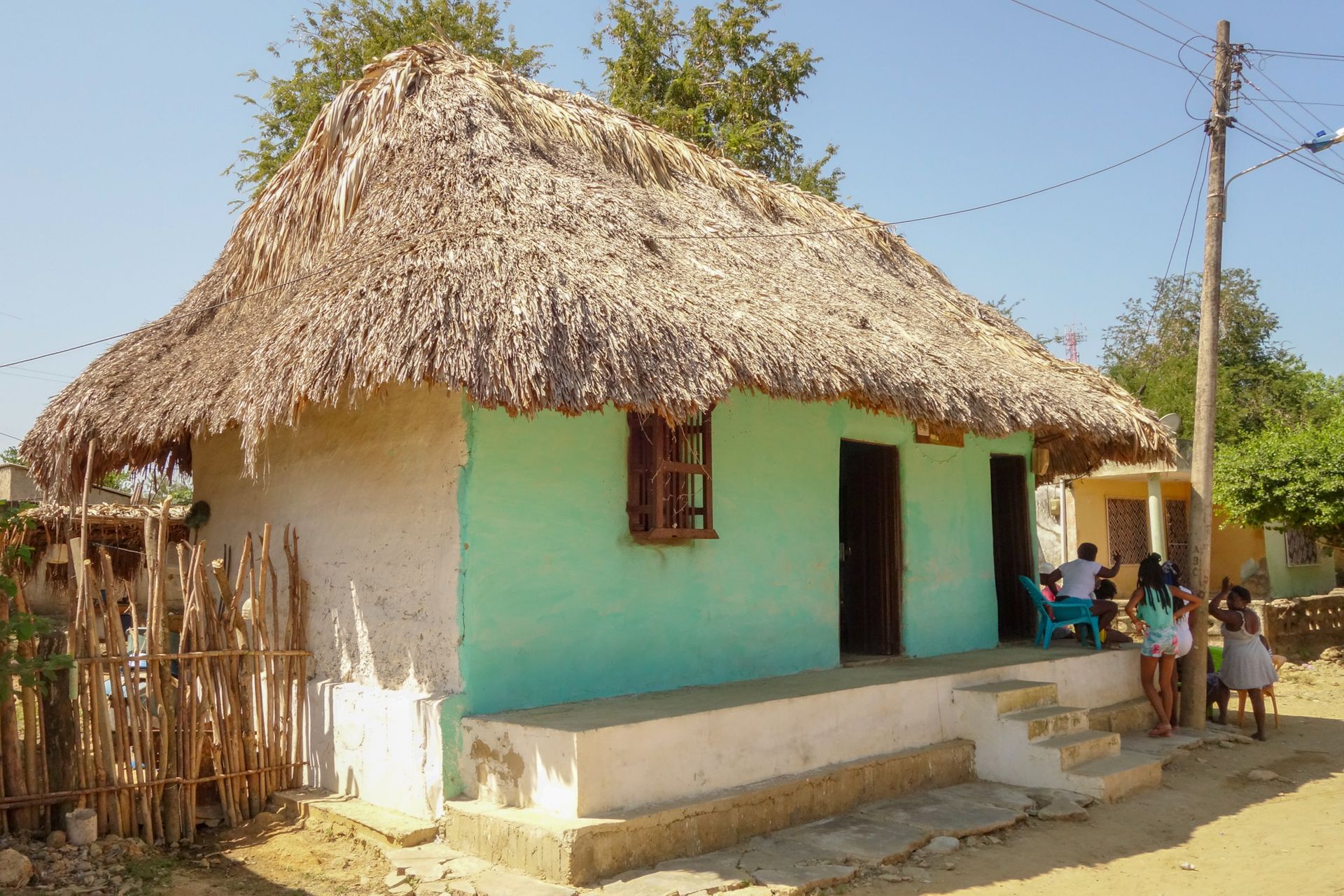

I wanted to visit this small Afro-Colombian community in peace. But already at noon when I arrived, the main square was very loud from 3 directions at once. That seemed a bit strange for an ordinary Wednesday. There were also many people walking around. I sat down on the edge with a cool cola and waited - it was extremely hot by the way. Shortly afterwards, the first local tour guide approached me and offered me help. There were no hotels, so we went with him to a hostel. But there was no room left. He then knew someone else in town who takes in people. And so I ended up with Ambochi and his family. I was allowed to sleep in the hammock in the living room. And he told me what was going on in the village. Every year in the first week of the year, they celebrate the biggest party of the year. And this means that all Palenqueros, who live scattered throughout the country, return to their families in their hometown during these days. So Ambochi's house was full. Children, grandchildren, and siblings - they all gradually arrived. The children were also very interested in me. They wanted to know why I wore such a hat, why I was white, if I had a family, what Germany is, and much more. So I was just one of many overnight guests in a house without real sanitary facilities. After the guided tour where I learned part of the history, we went out to the street to join the celebrations. Danys, the son of the house, introduced me to everyone in the village. Essentially, I could only smile and shake hands because I couldn't understand anything with the noise. But well, I guess that's part of it. The locals sat in front of huge speakers for hours and enjoyed their beers. So it was not much different than at home, even though about 3500 people still live in this village. The village itself was neither particularly beautiful nor had significant buildings. Its history was more than enough.

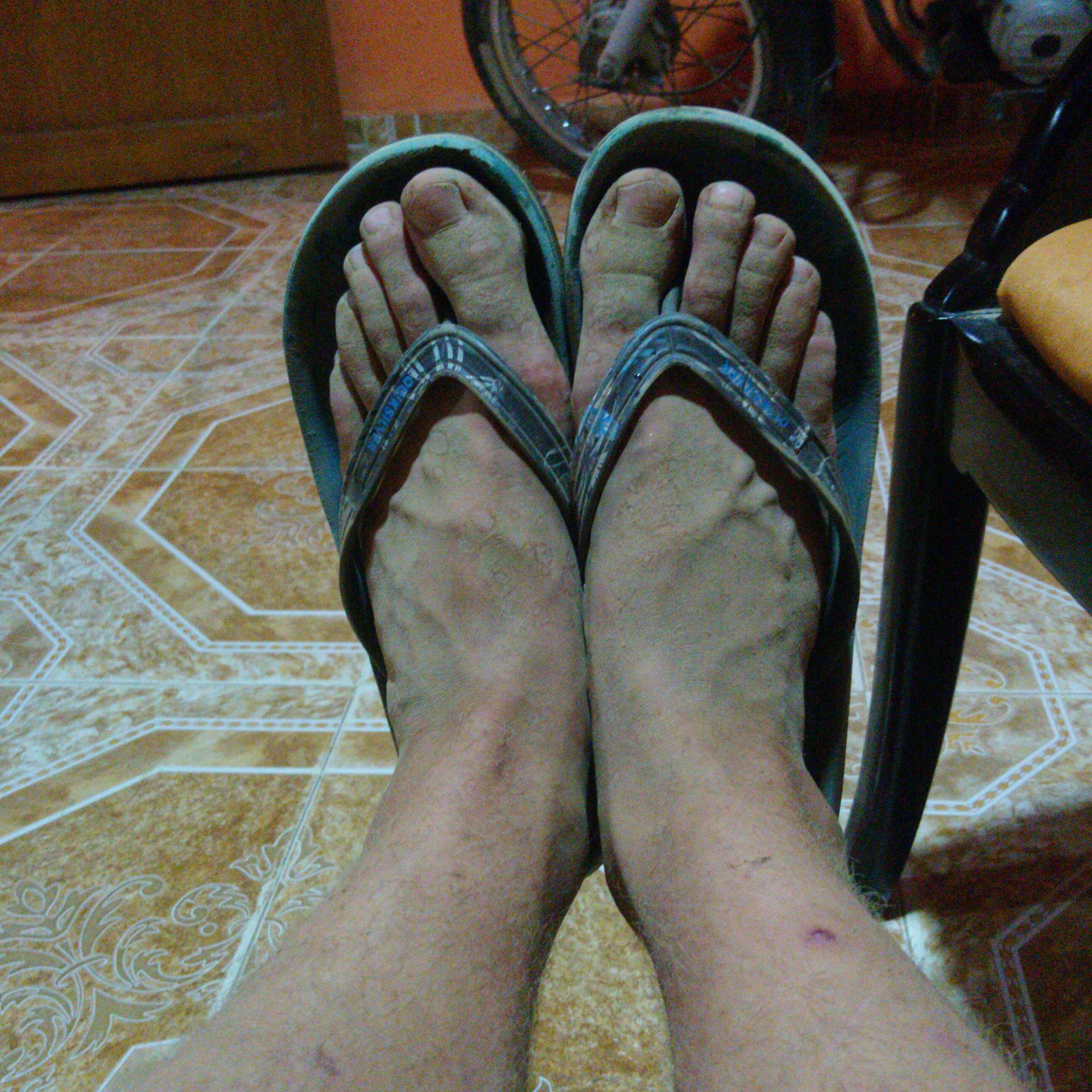
The first part of the party was over around 6 o'clock. The music was abruptly turned down and we took a break at home. Actually, I had had enough, but the real party naturally only started in the evening. So off to the second round. That's somehow just like at home. 😉 Around midnight, I had enough and crawled into my hammock. But the party still continued.
The next morning, it was time for me to move on. Ambochi rode the scooter out of the living room and then took me back to the main road, from where the next bus took me. So that was my trip to the idyllic San Basilio de Palenque.
Mompos
From the road where I was dropped off, a bus picked me up shortly afterwards and took me to the next larger town. From there, there was no direct connection to Mompos, only to Magangué. That was ok for one night. The next morning, I took the ferry and another minibus to Mompos. But I have rarely seen something as ugly as Magangué. Even around the Plaza, there were no highlights, no cafes or halfway normal restaurants. There was simply nothing. I quickly locked myself in my cheap, non-air-conditioned room and waited for the next morning. With the heat, I hardly slept. At 6 o'clock in the morning, I got on the boat and left this place behind.

Mompos, on the other hand, was a real revelation! Despite its 50,000 inhabitants, it has more of a rural character. One of the best-preserved colonial villages and therefore a UNESCO World Heritage Site. It is still hot, but pleasantly relaxed and located directly on the river. I had been looking for such a beautiful place for a long time. Finally, the rest period can begin. In the next few days, I will mainly dedicate myself to my blog in the beautiful historical cafes in the village. There is a lot to catch up on. In addition, there is a lot of history and a visit to the nearby natural paradise 'La Ciénaga'.

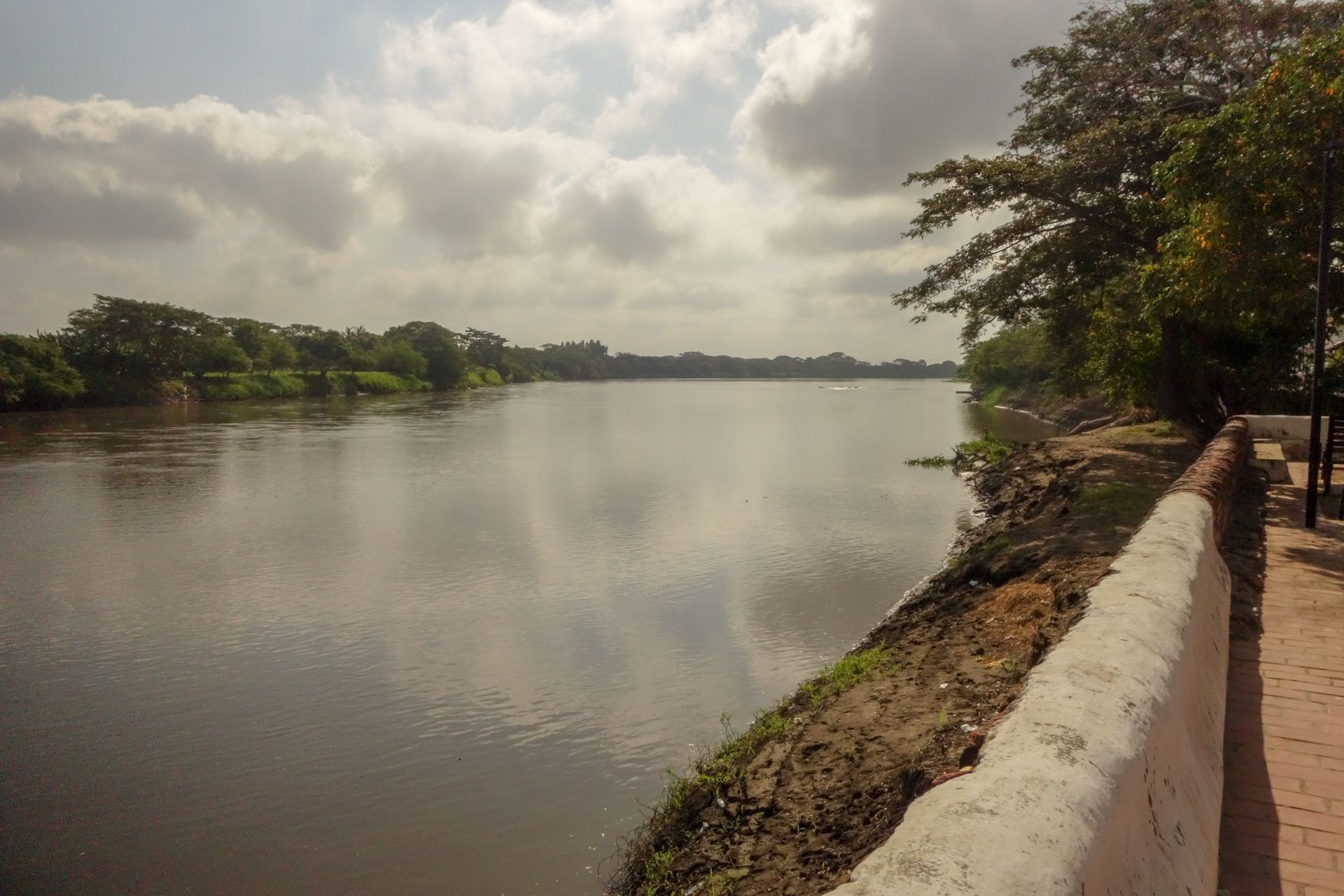
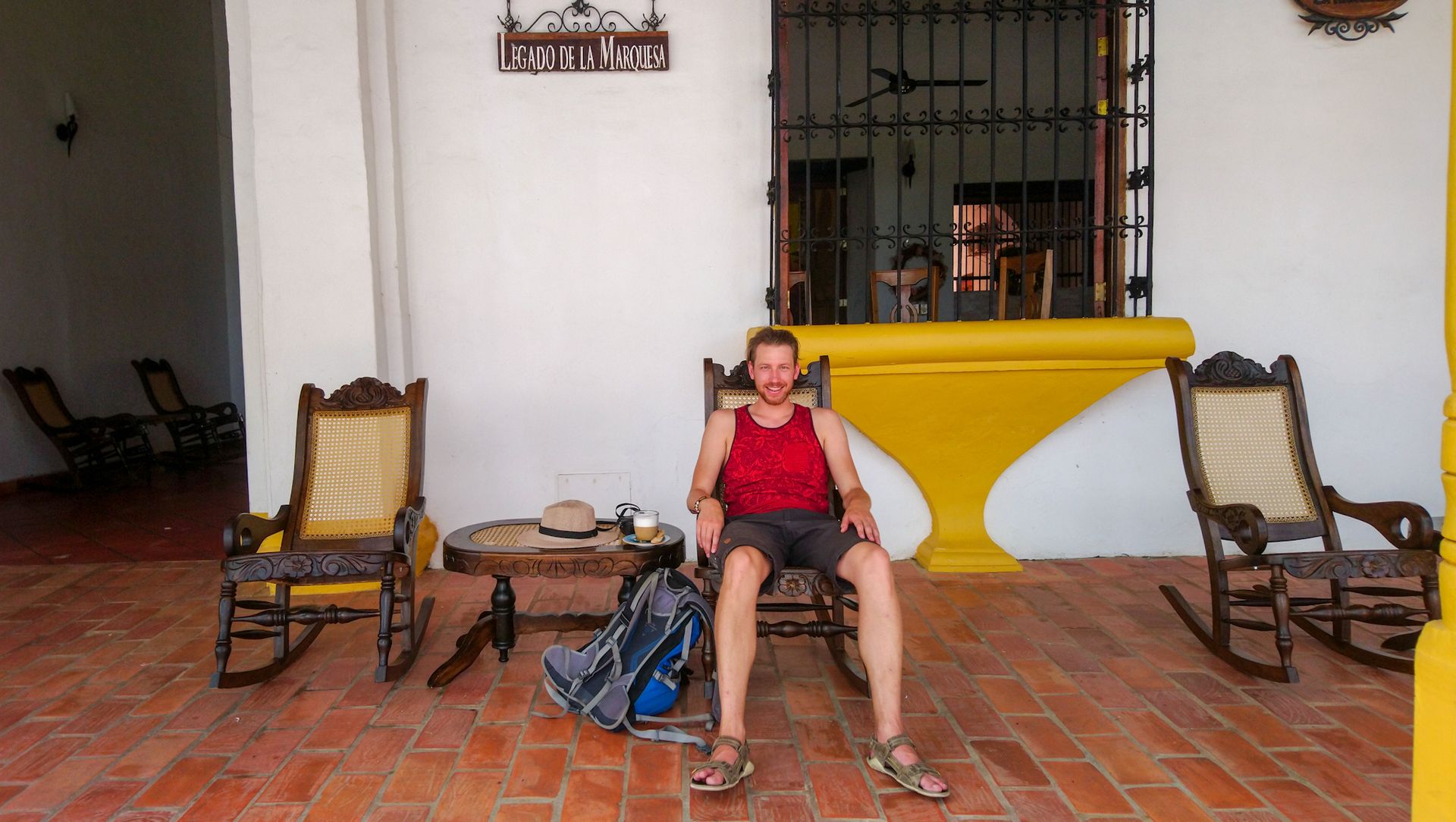
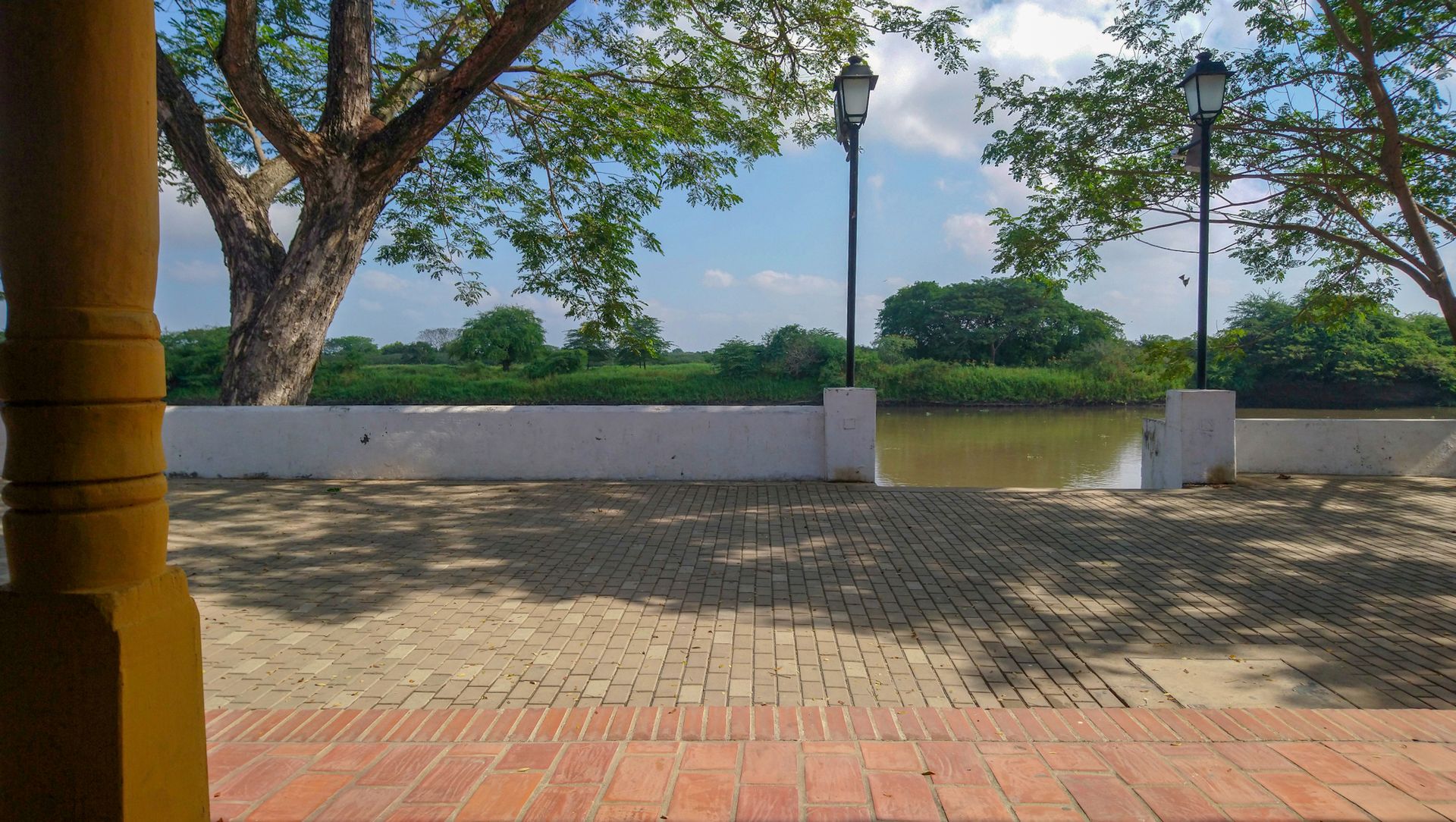
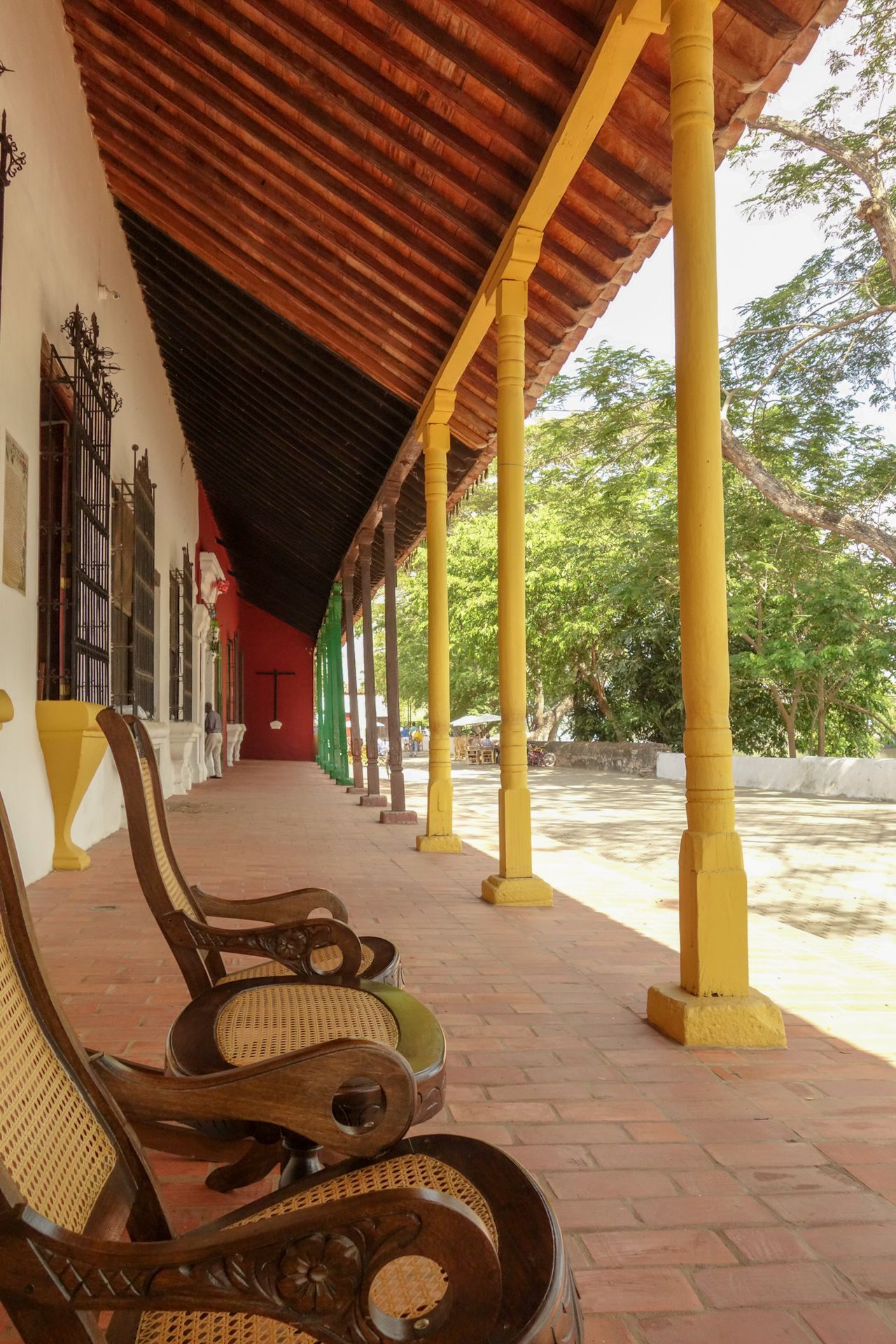

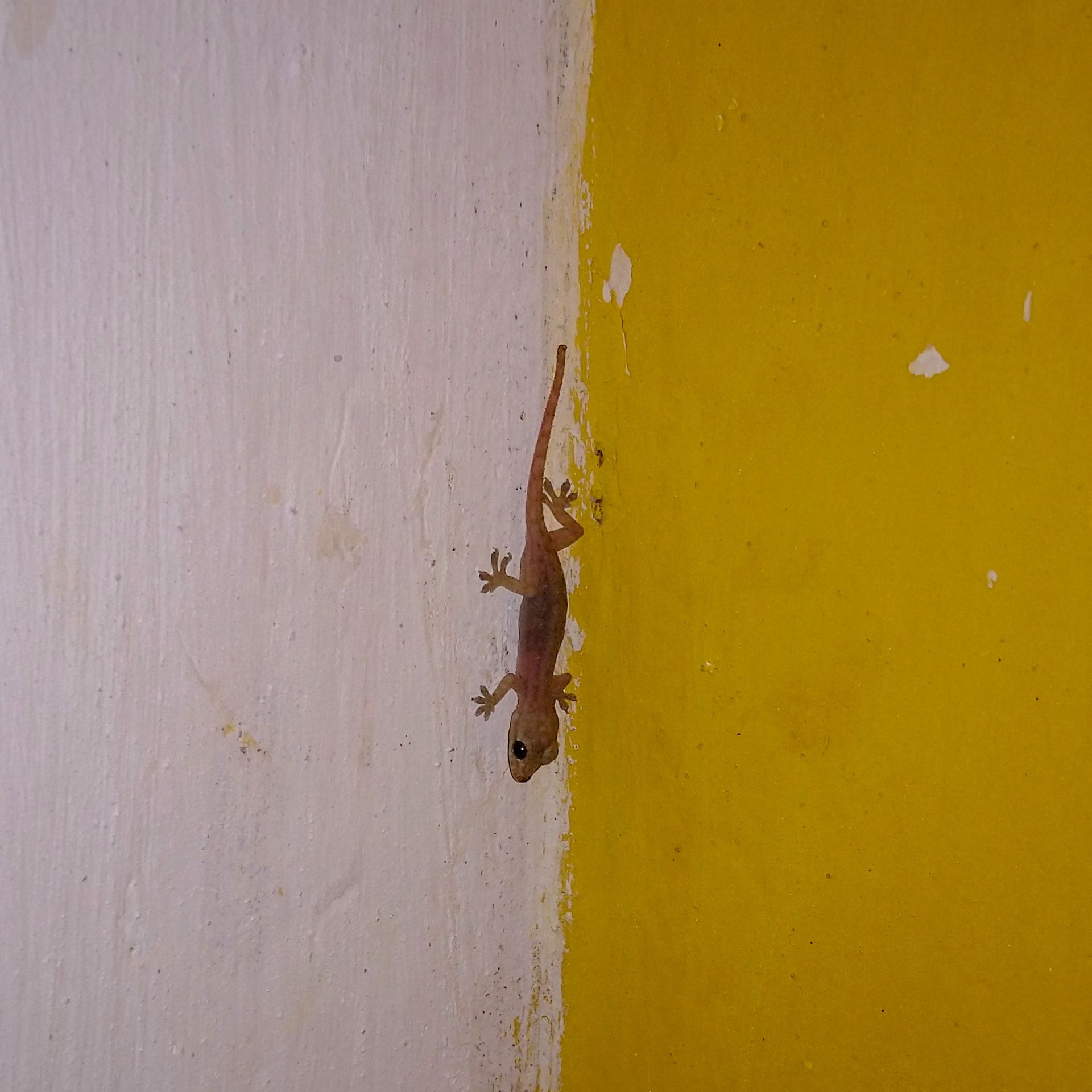
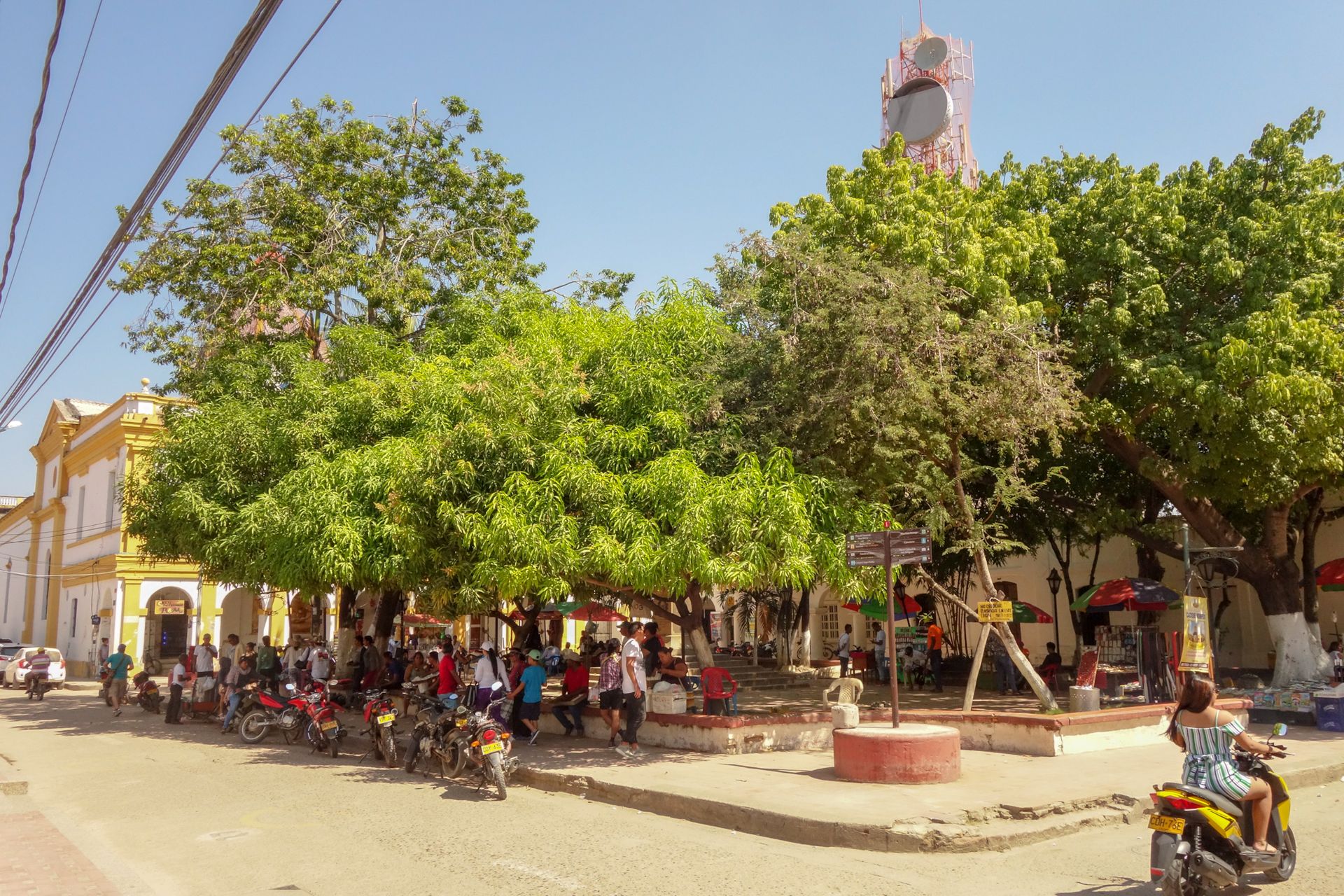
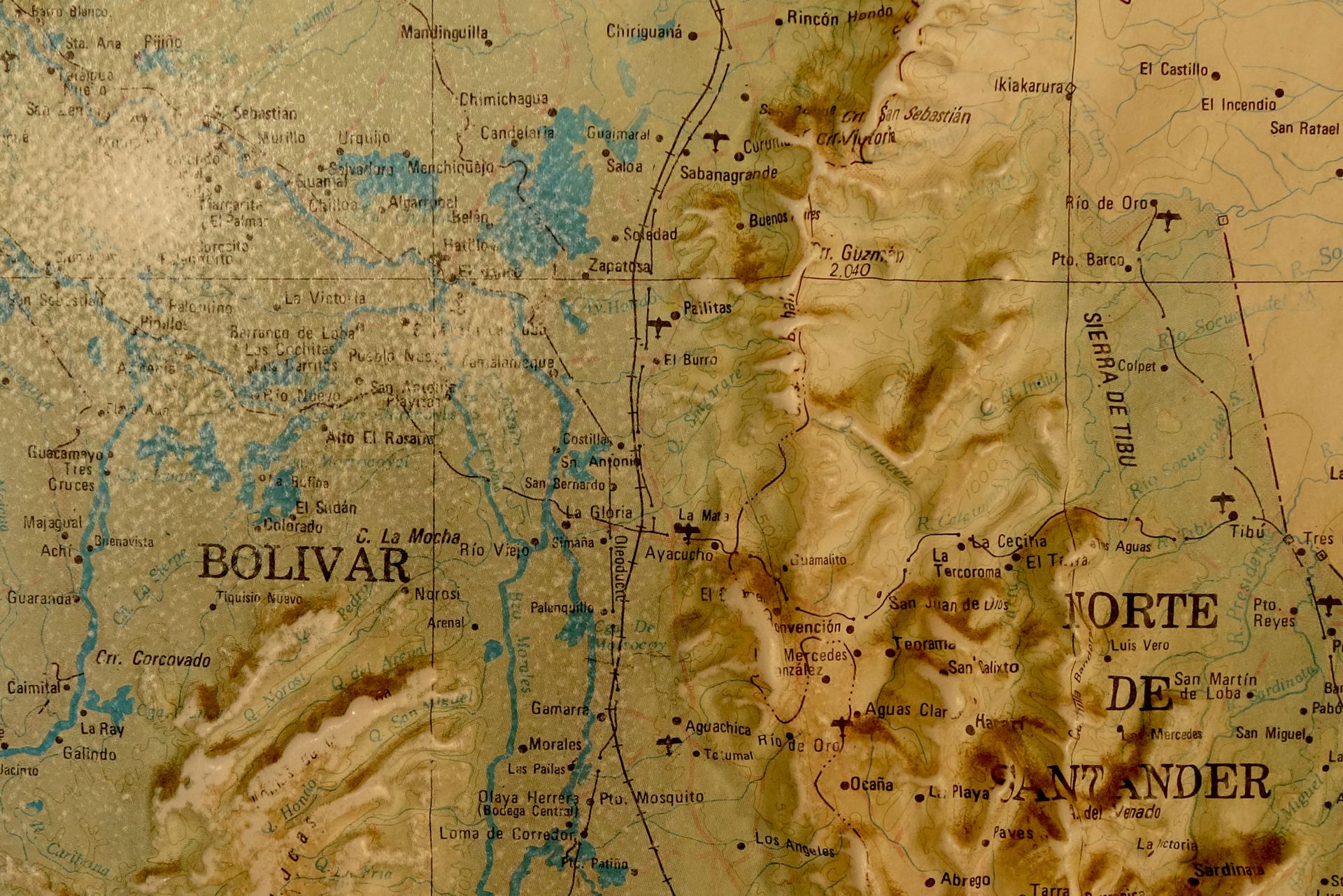

ニュースレターを購読します
答え
